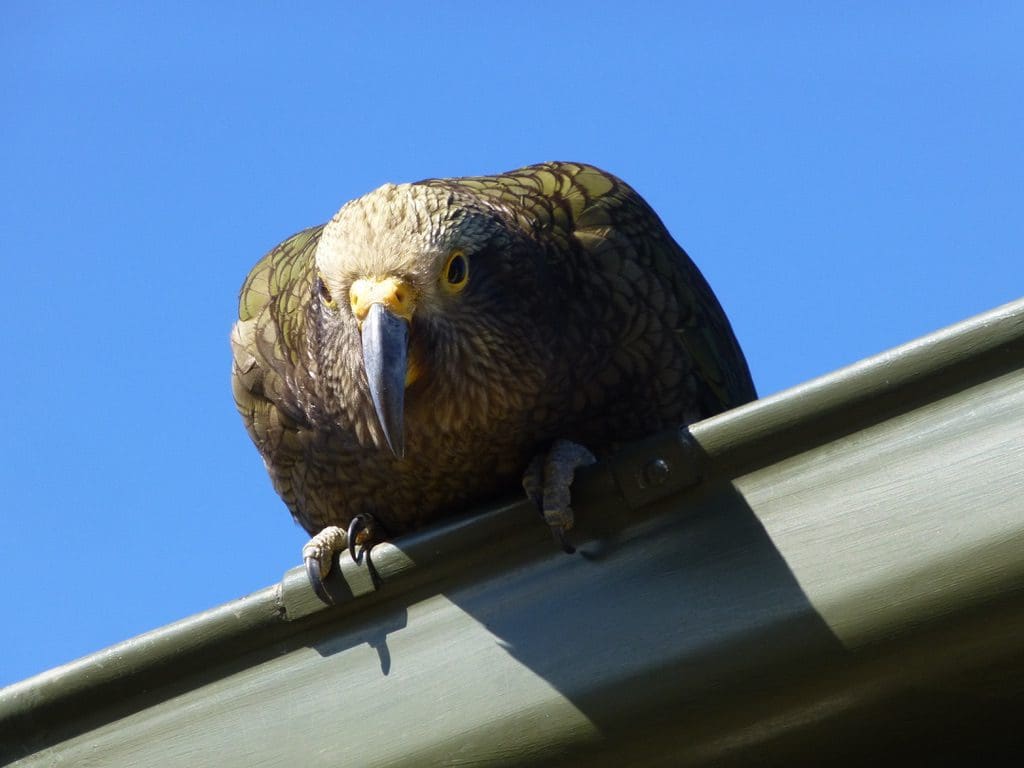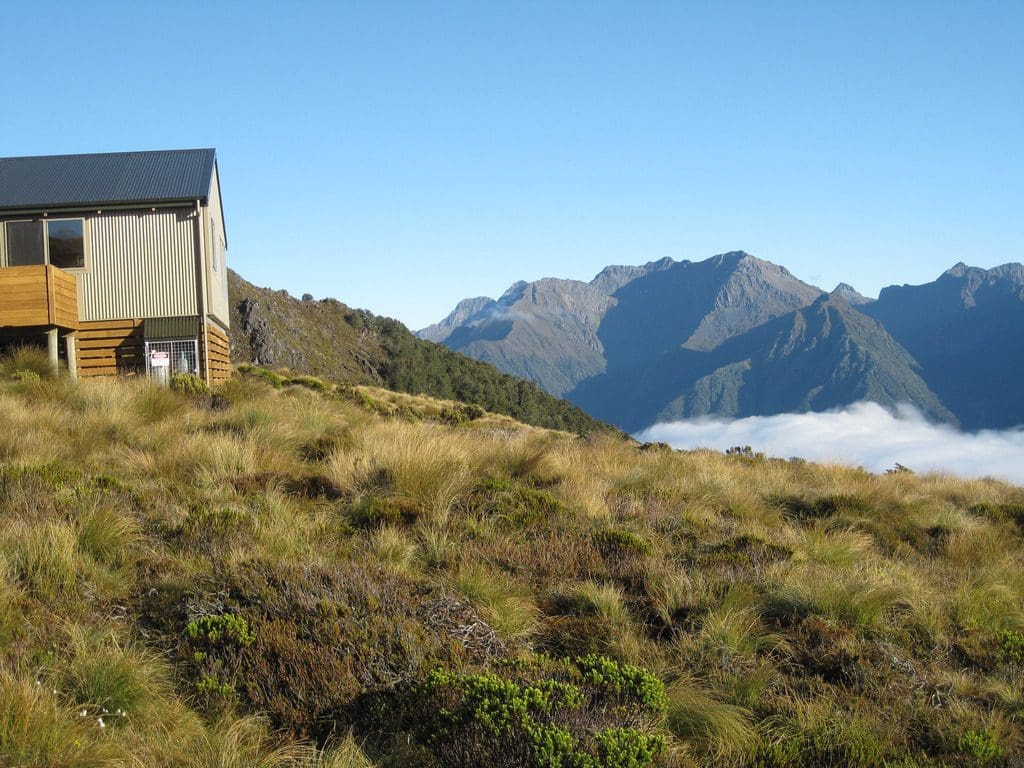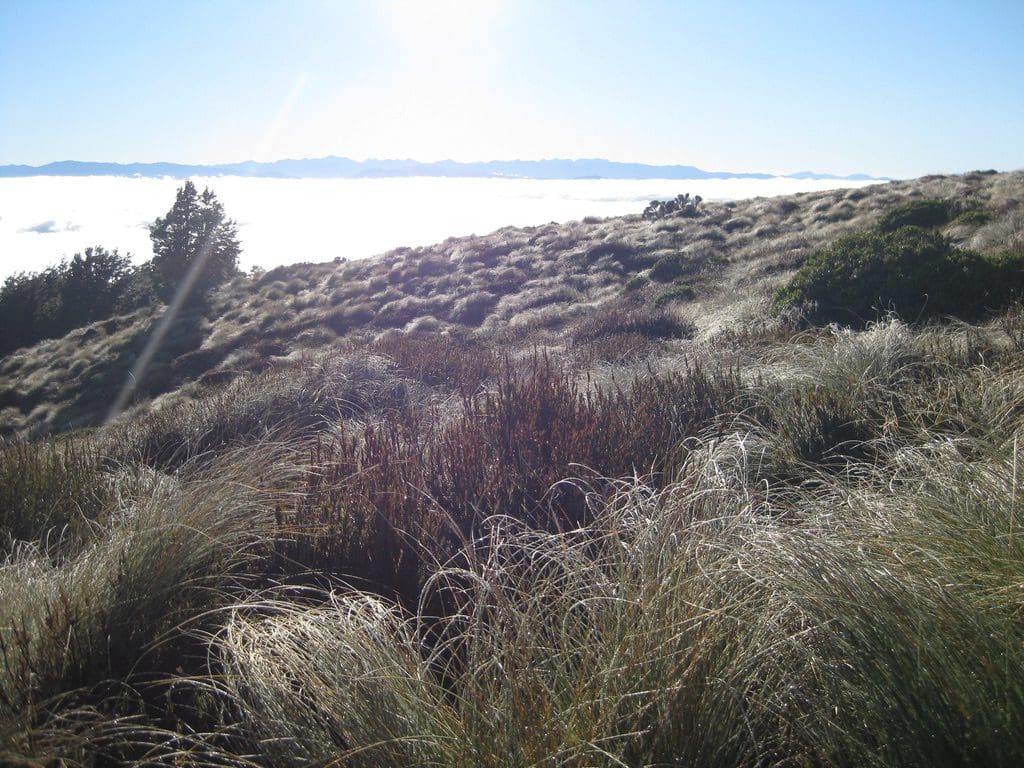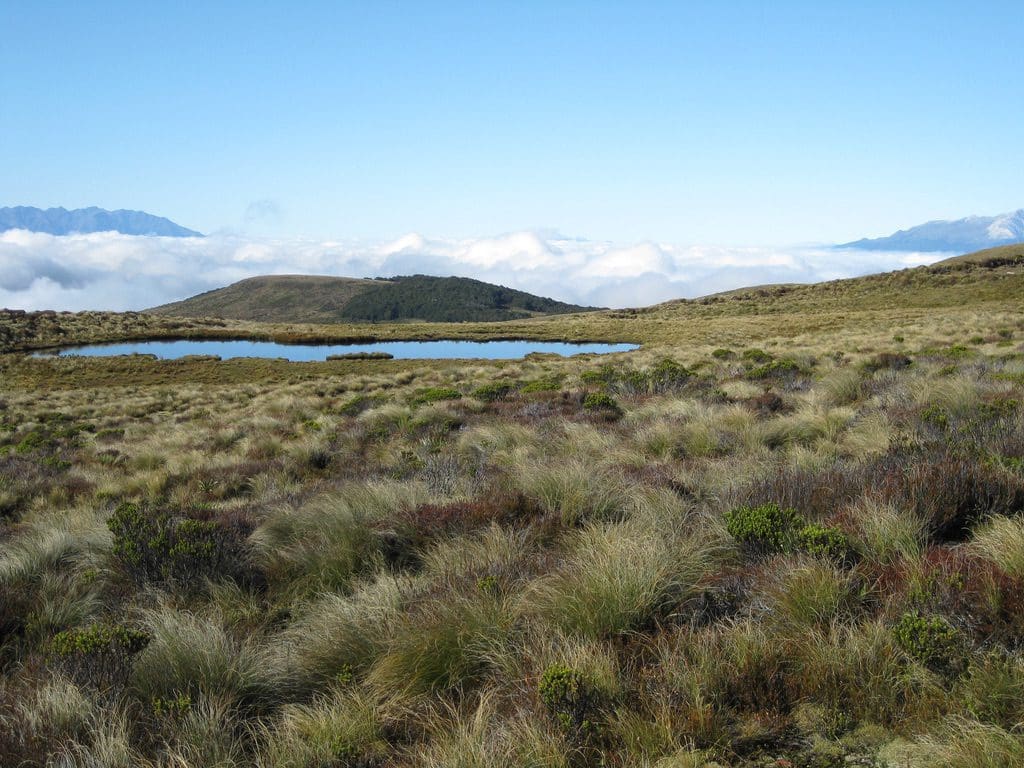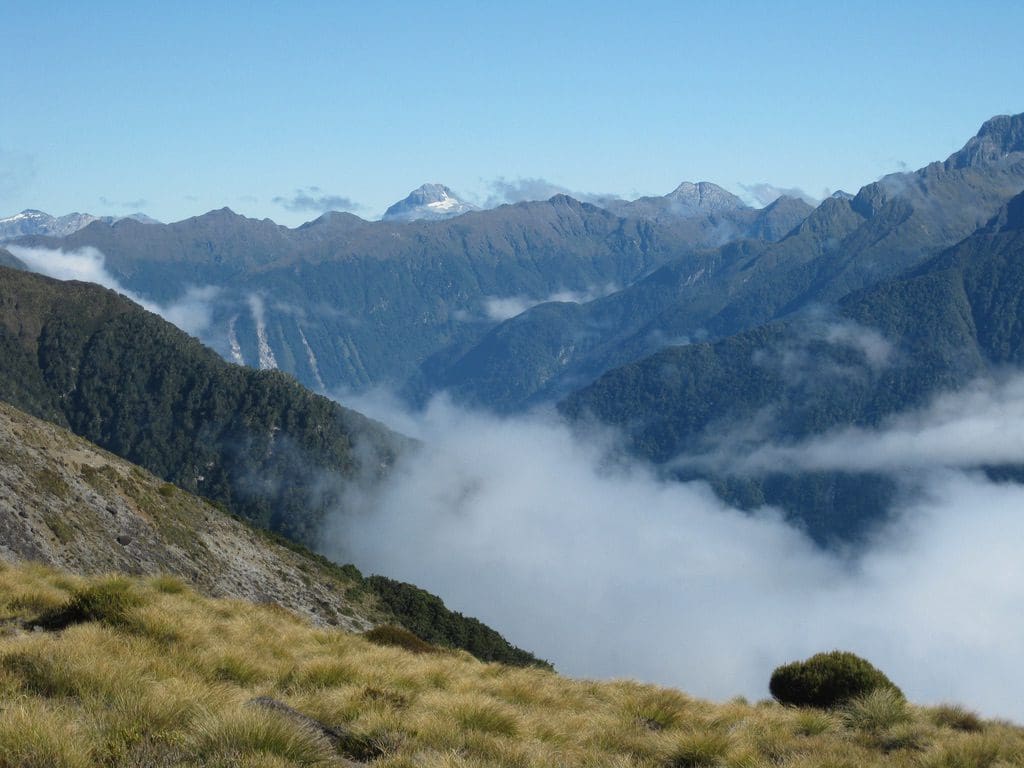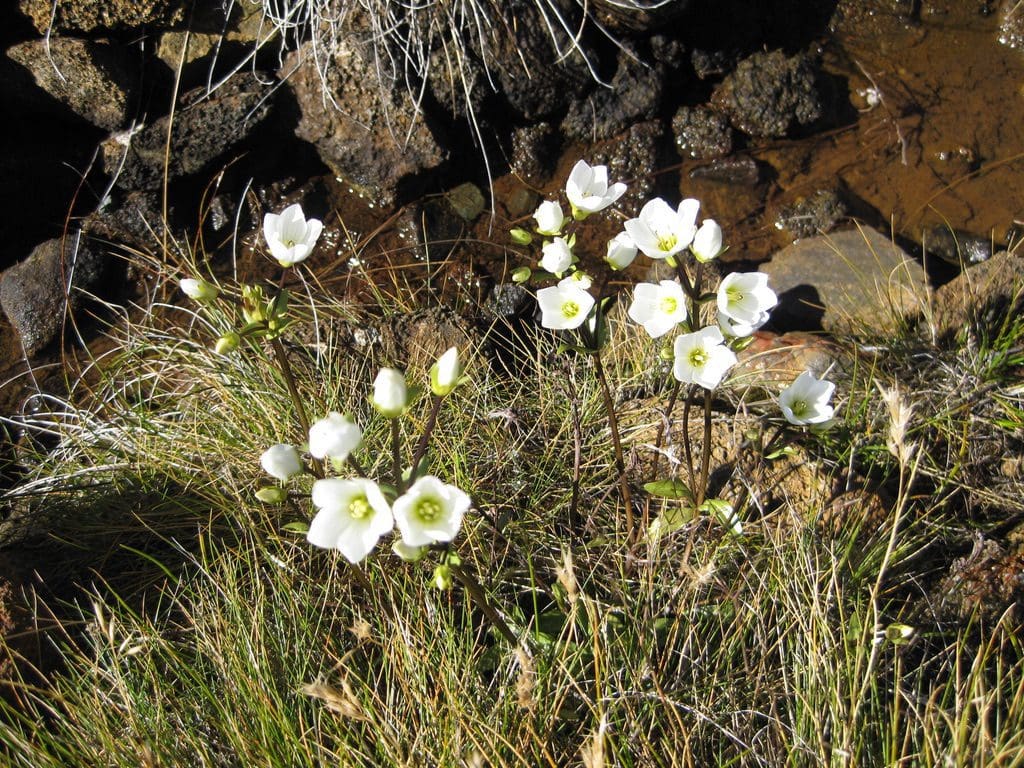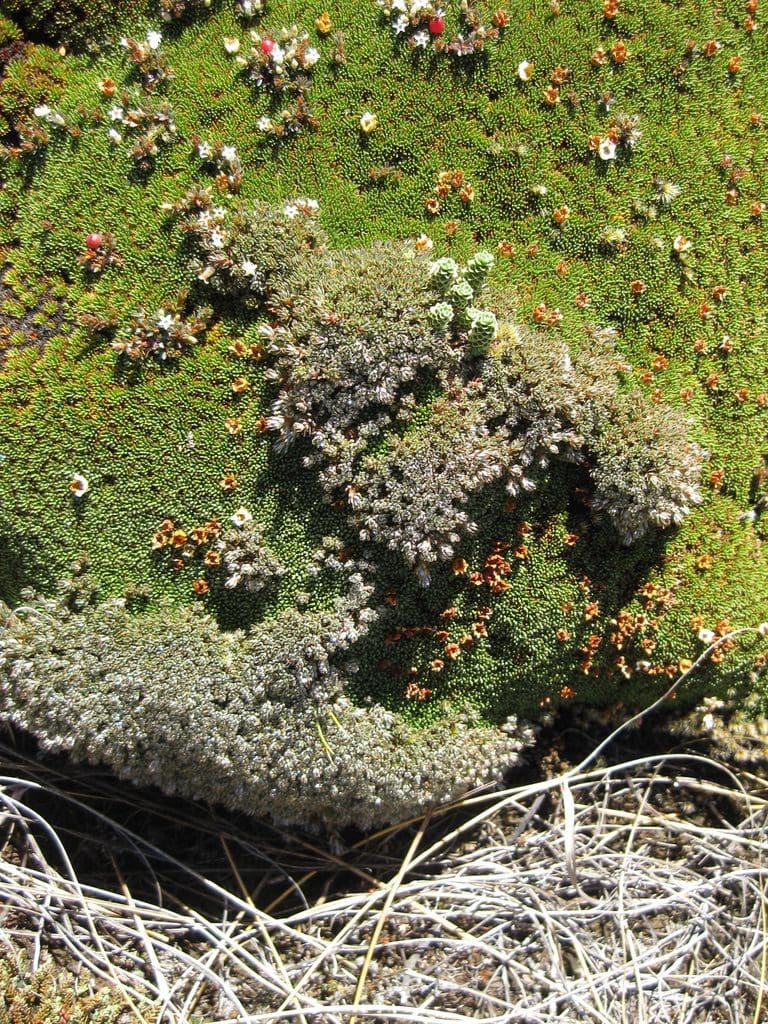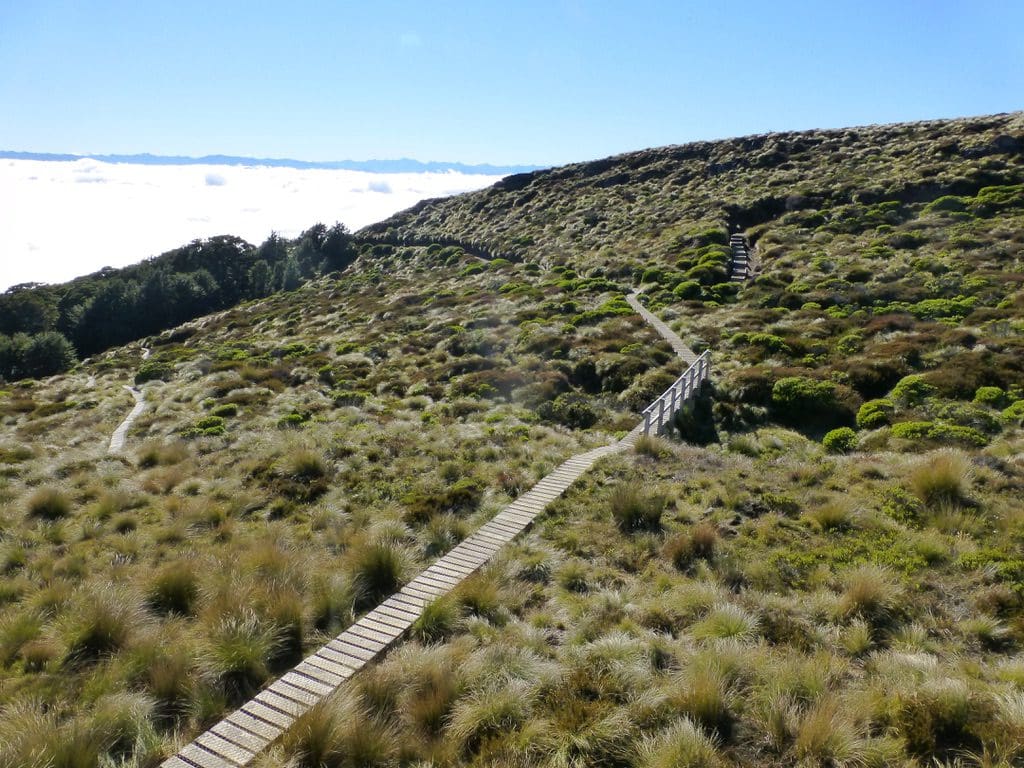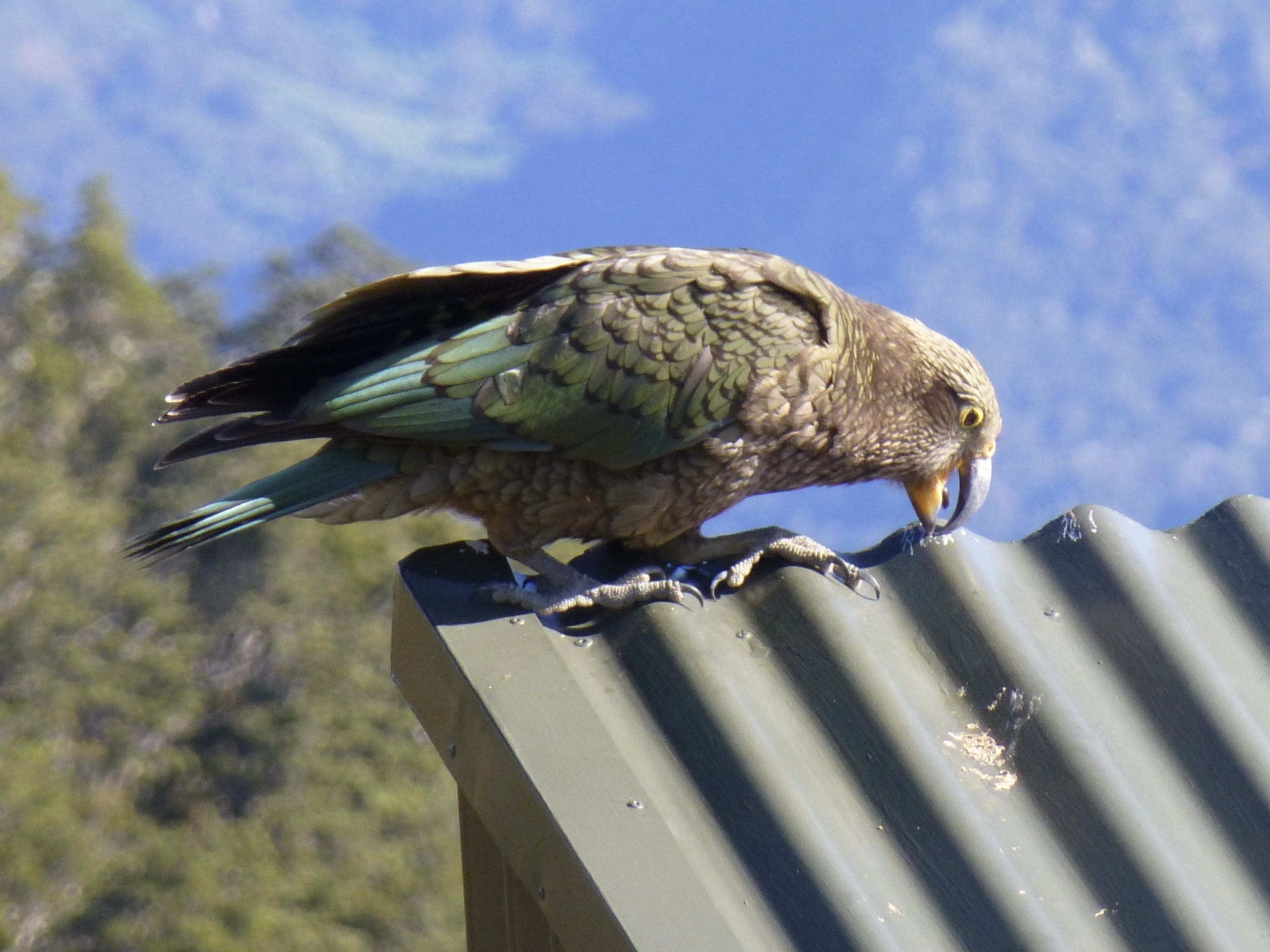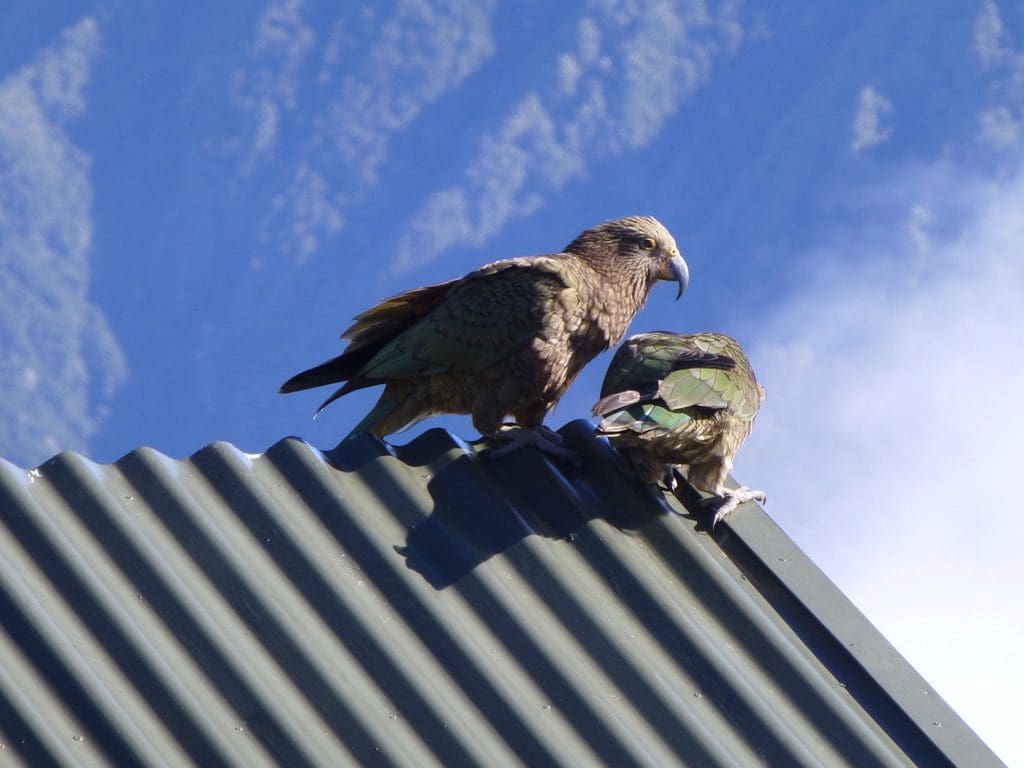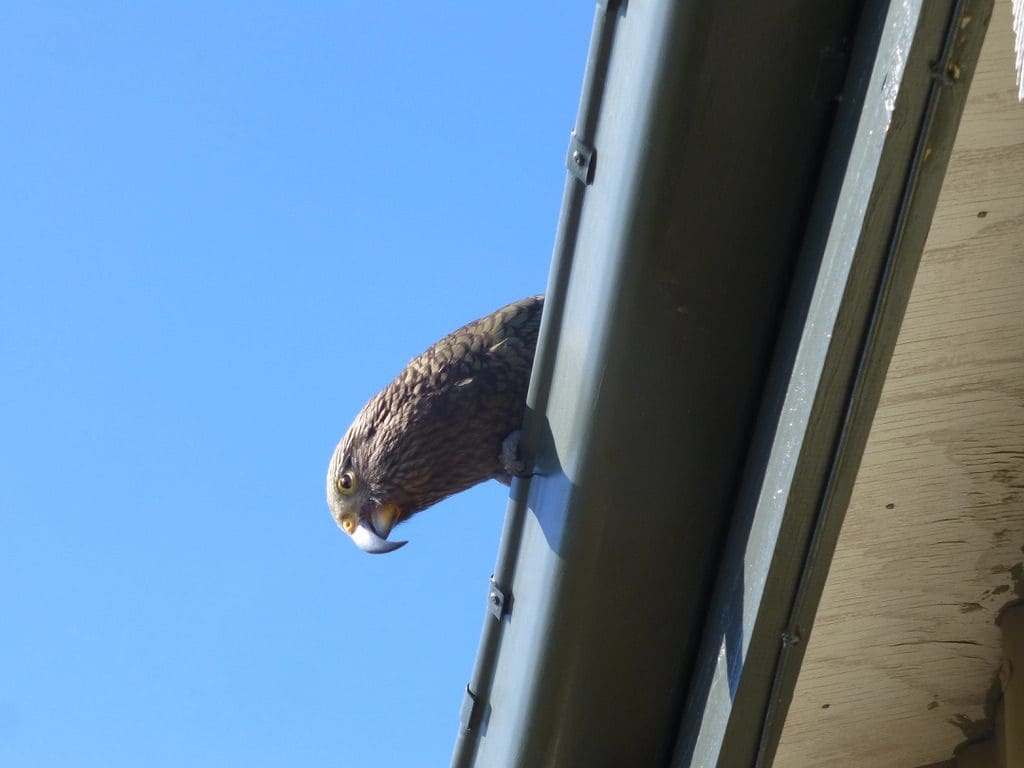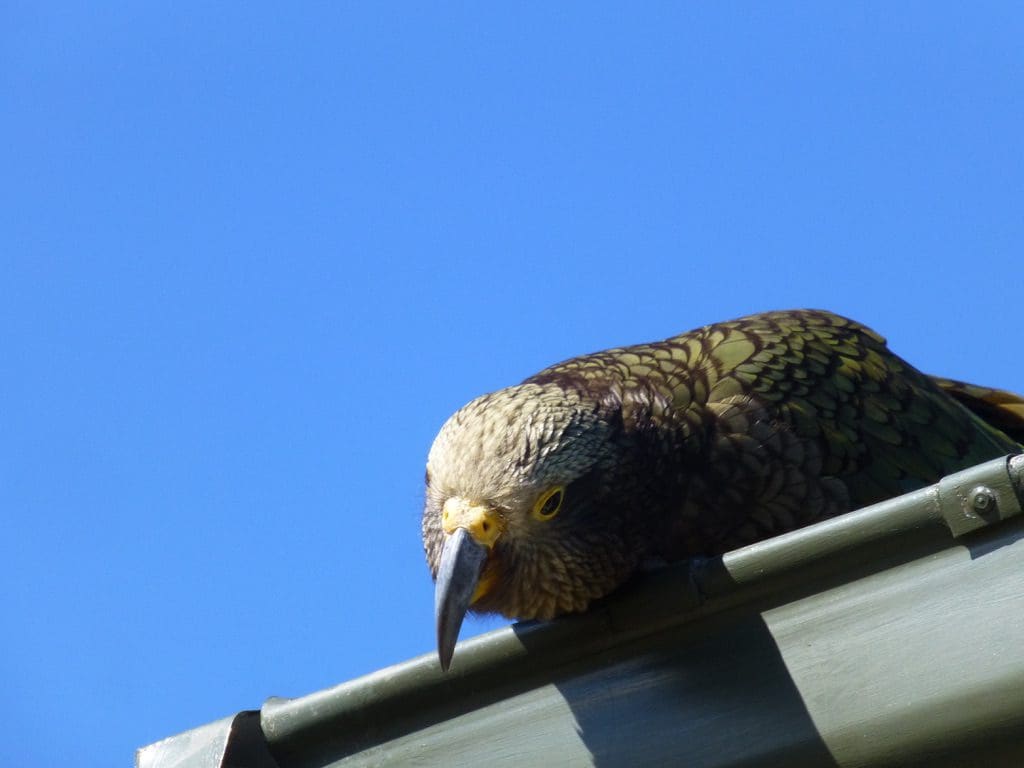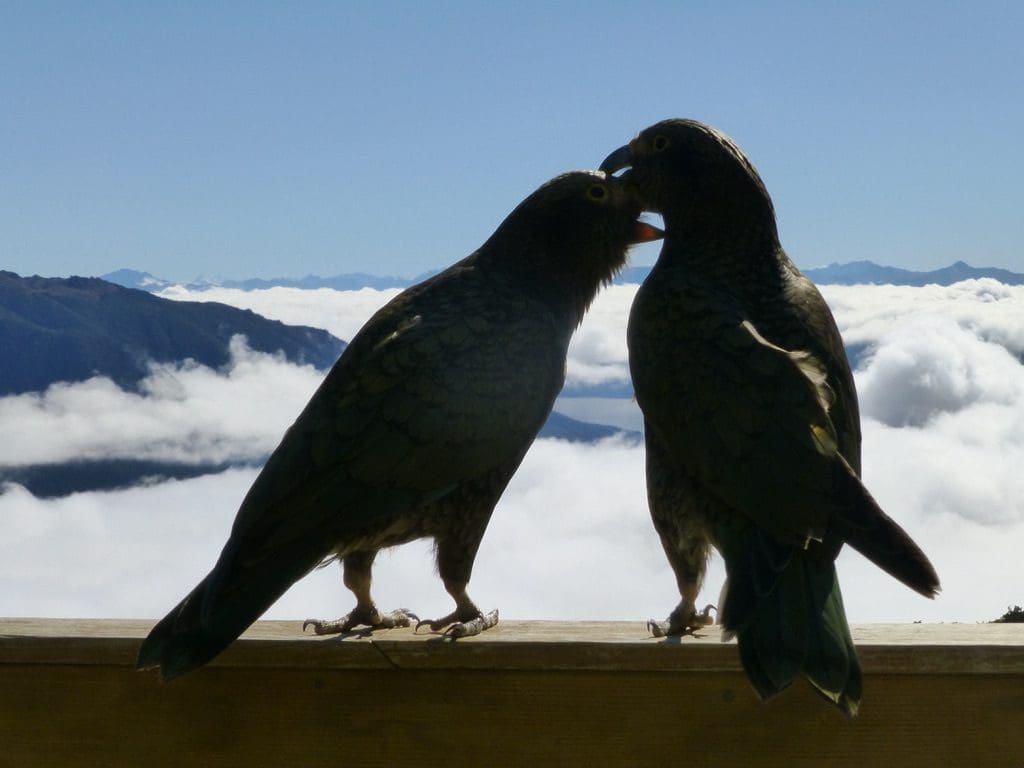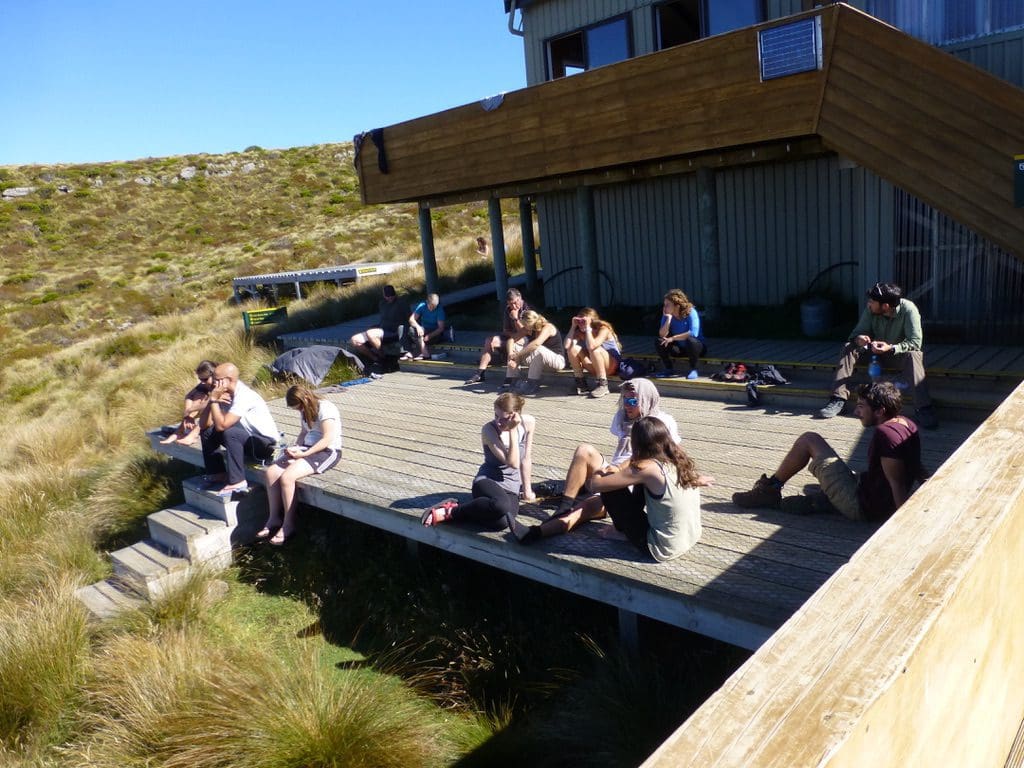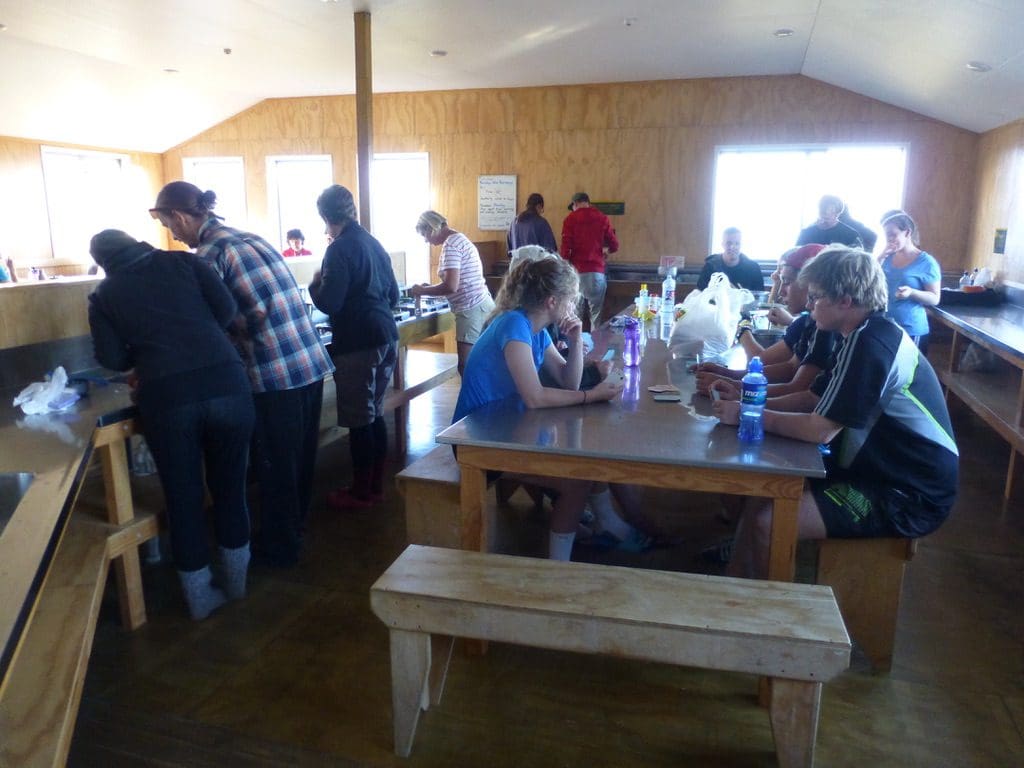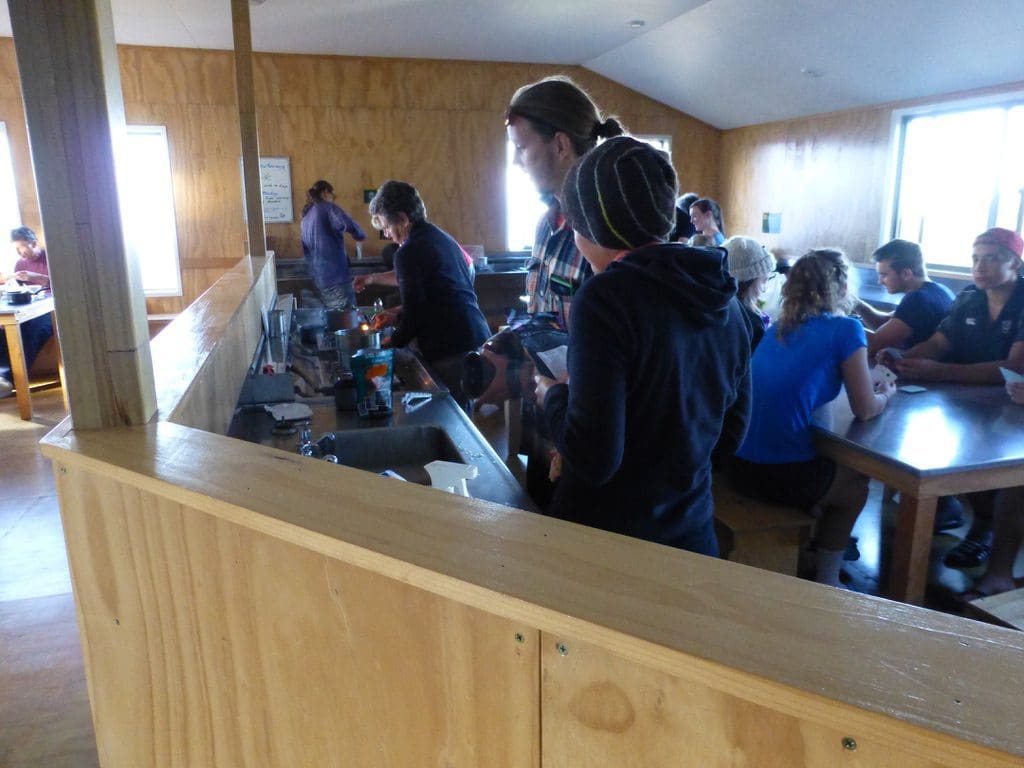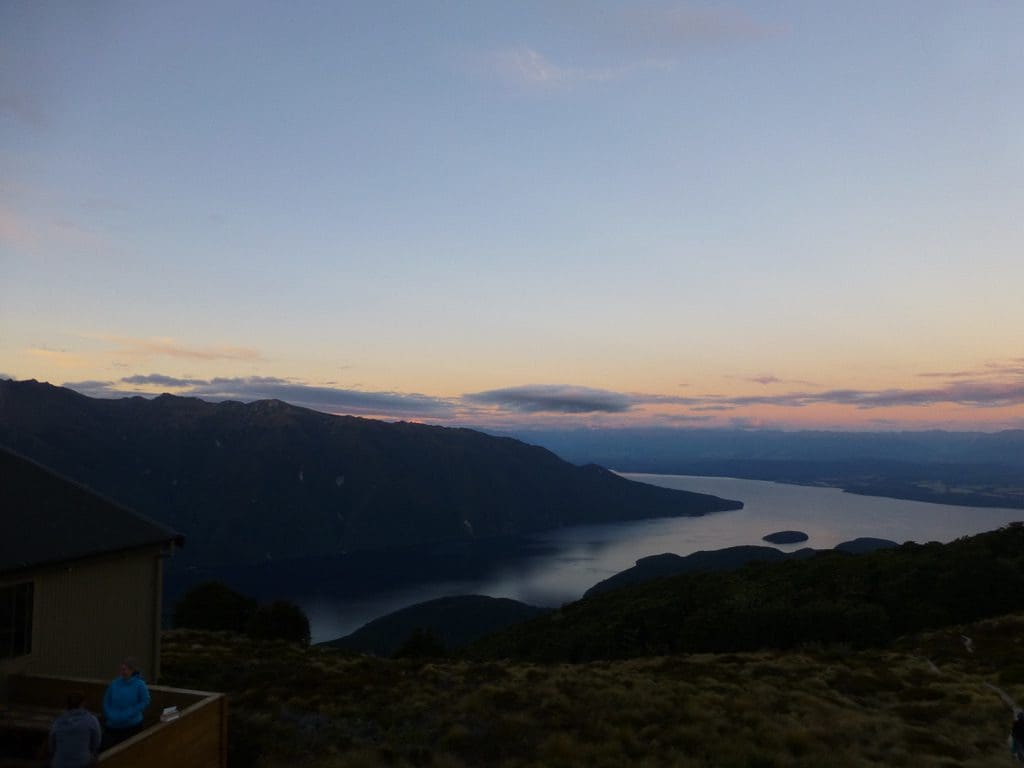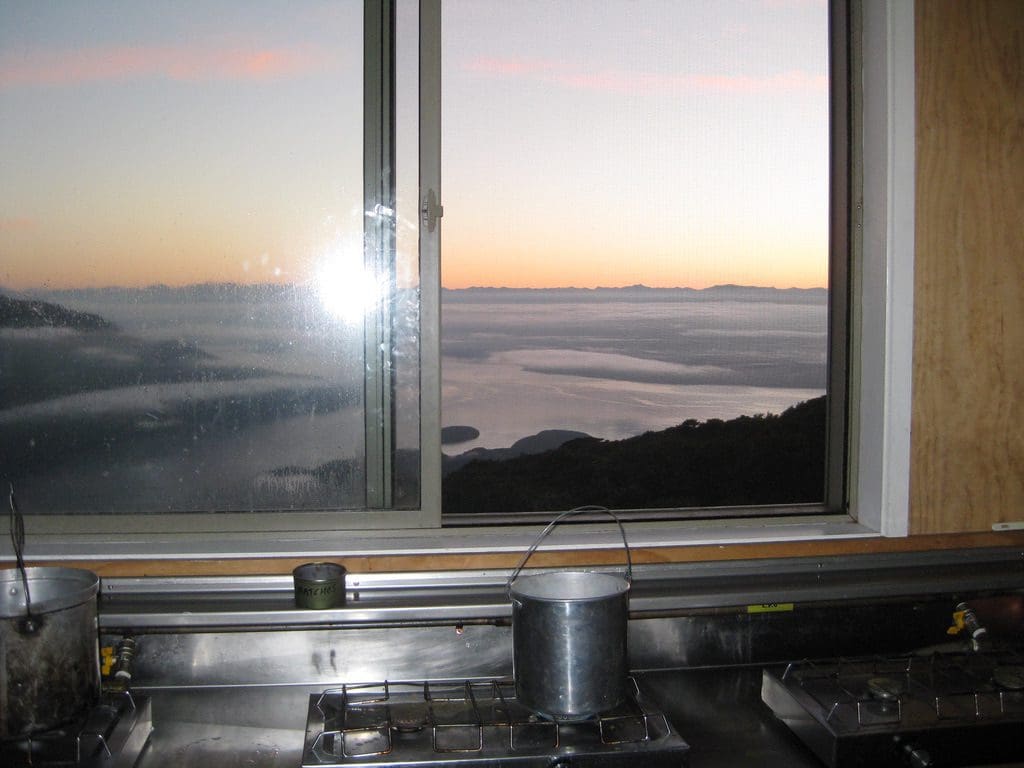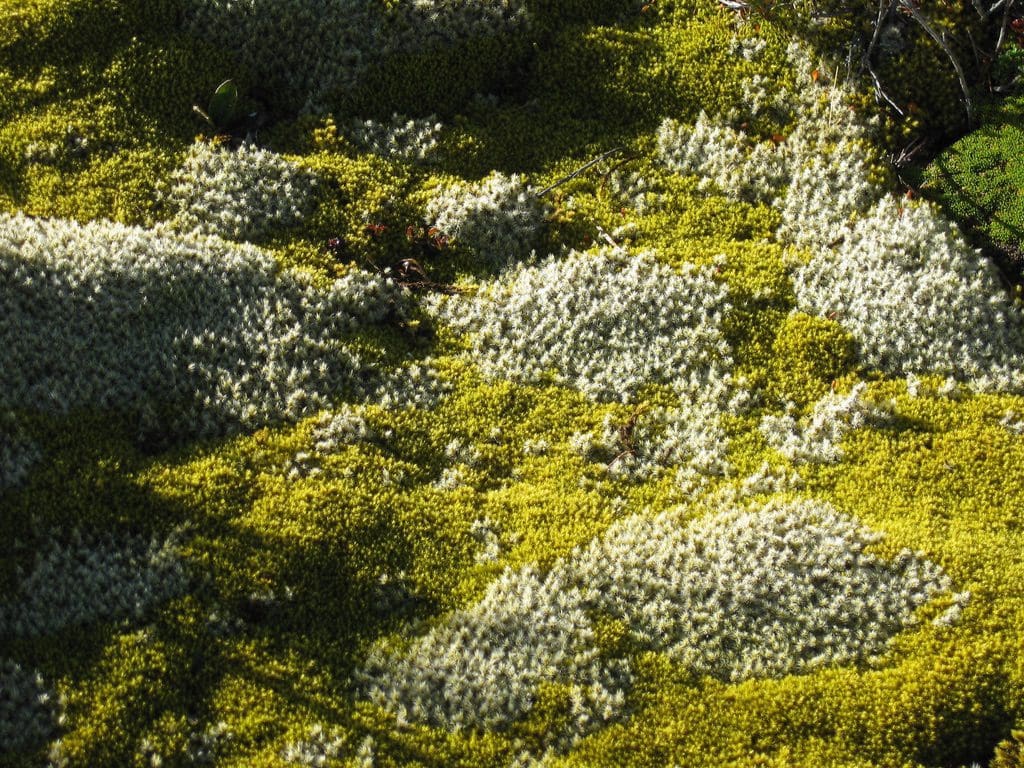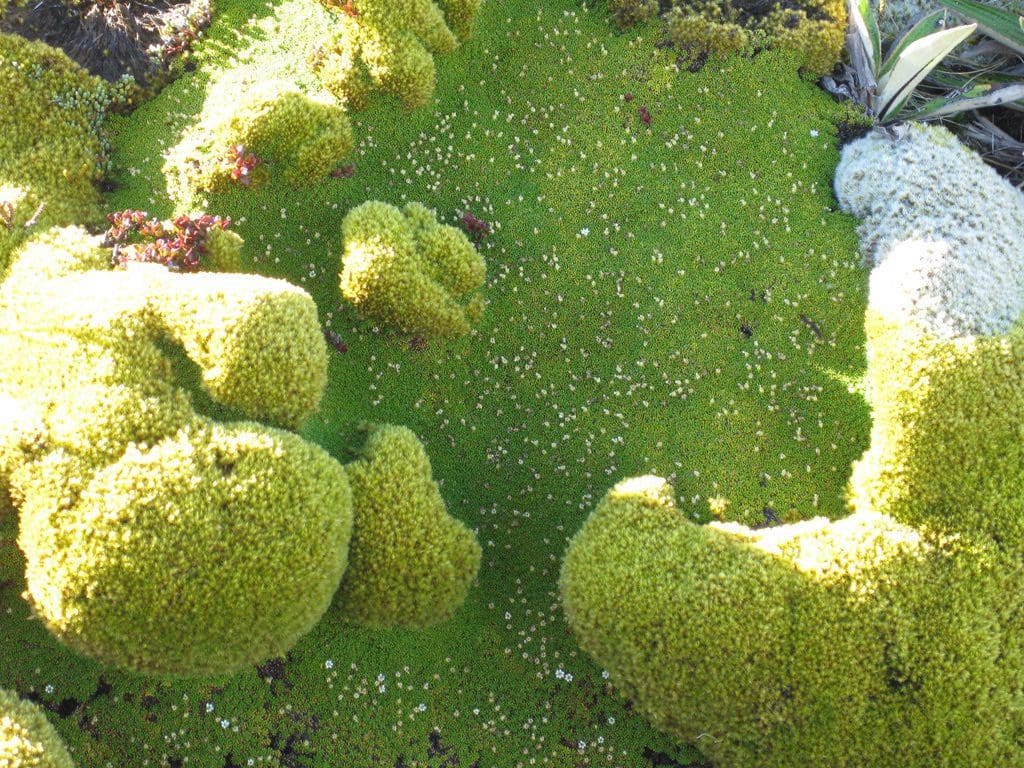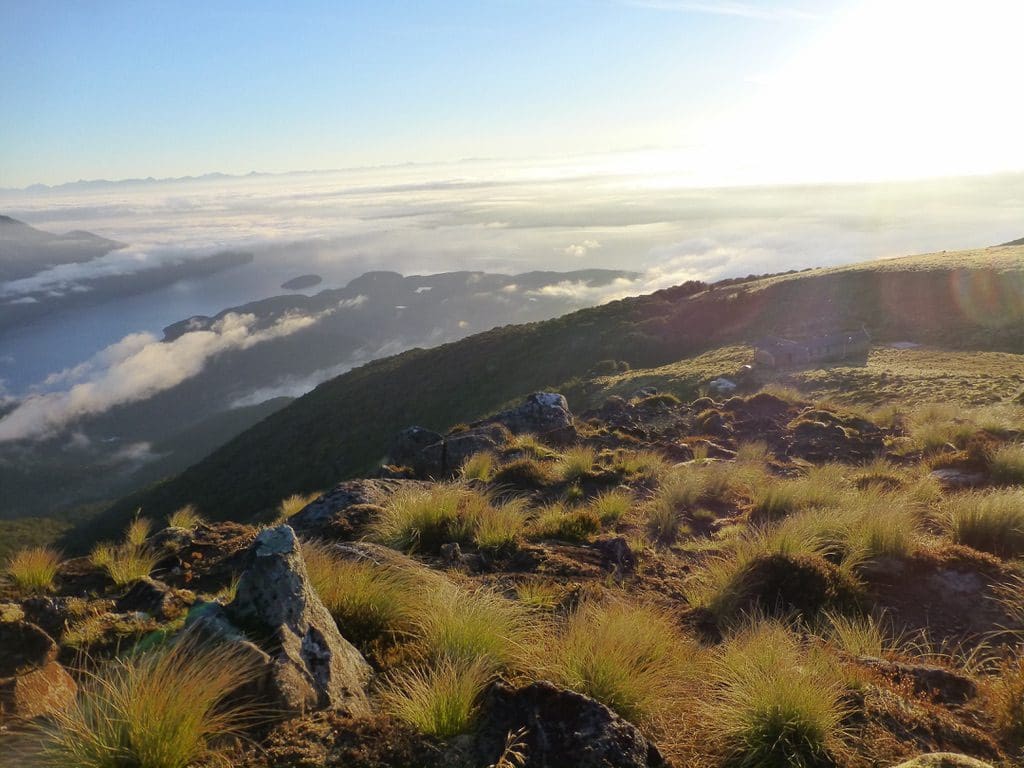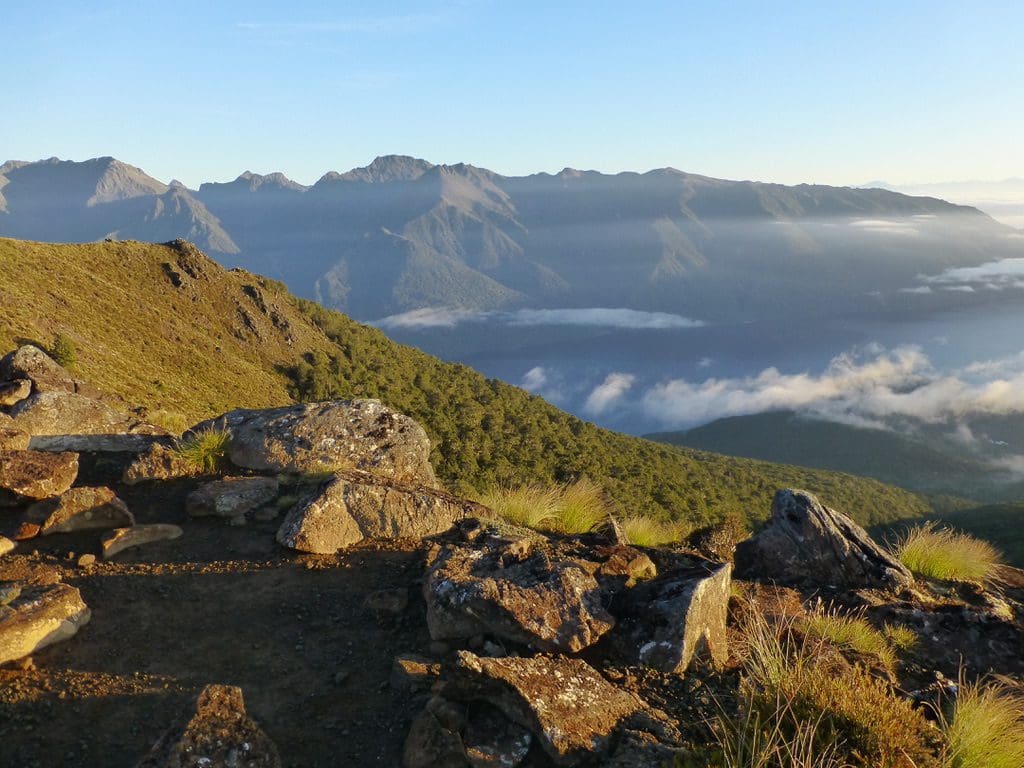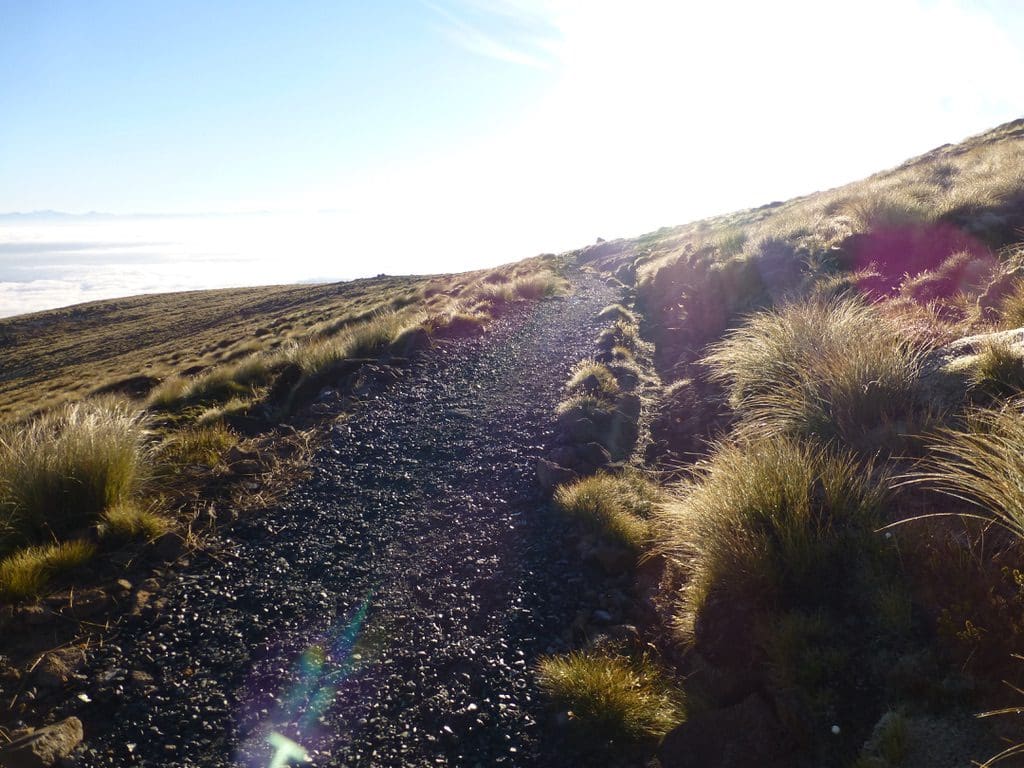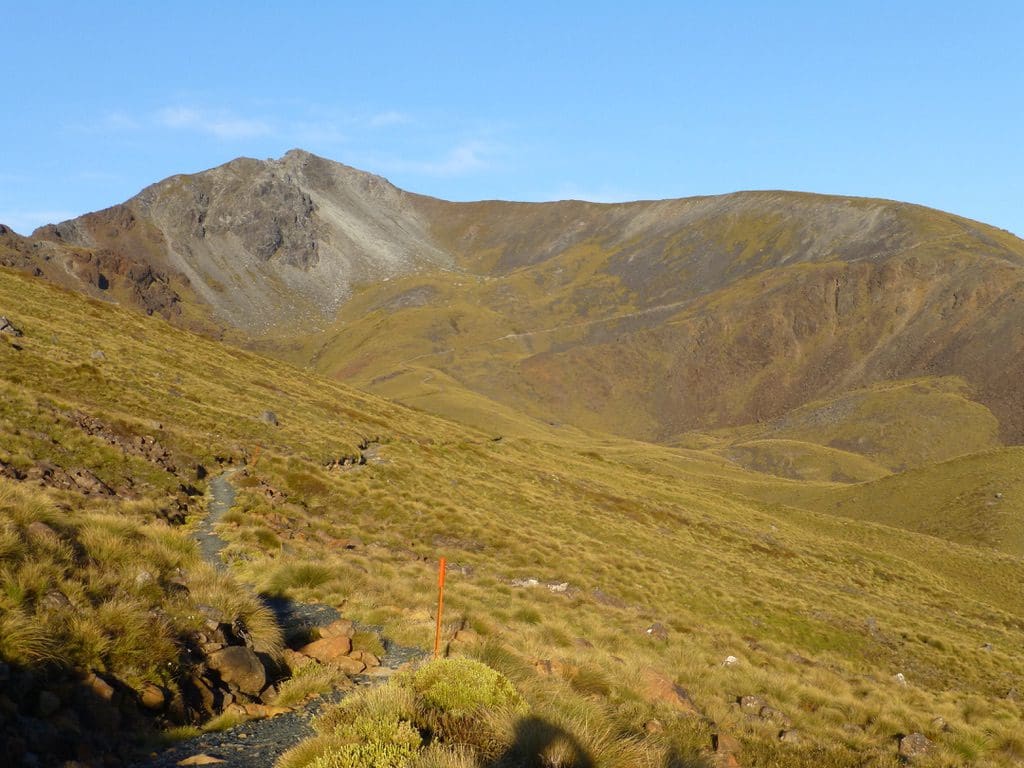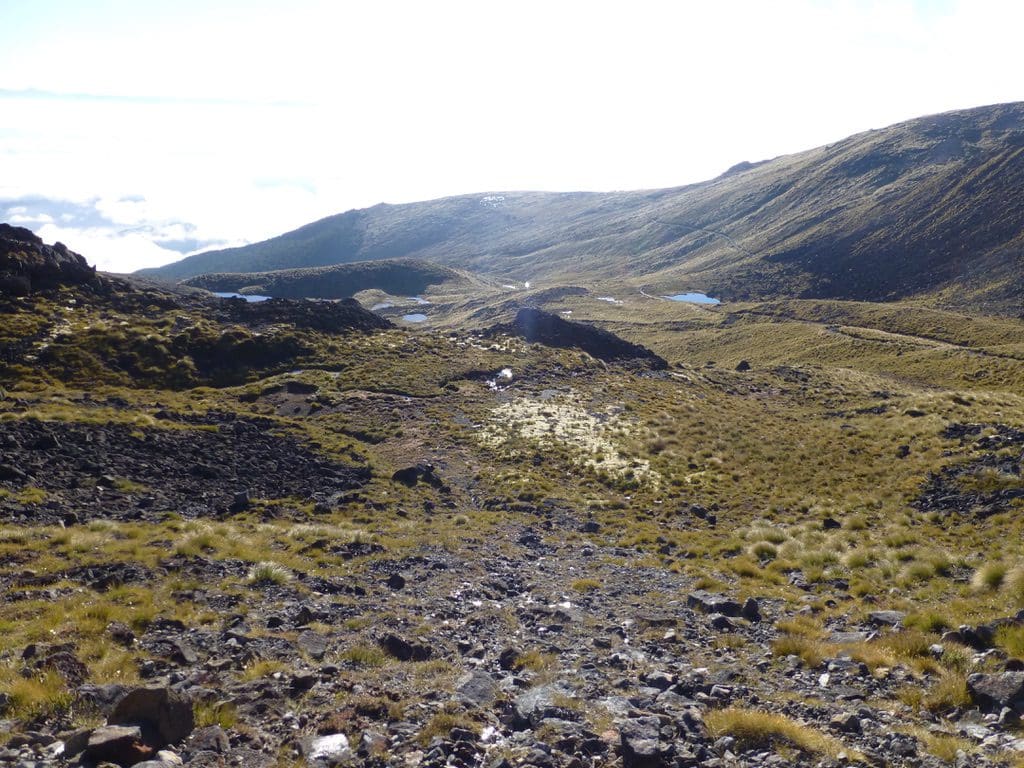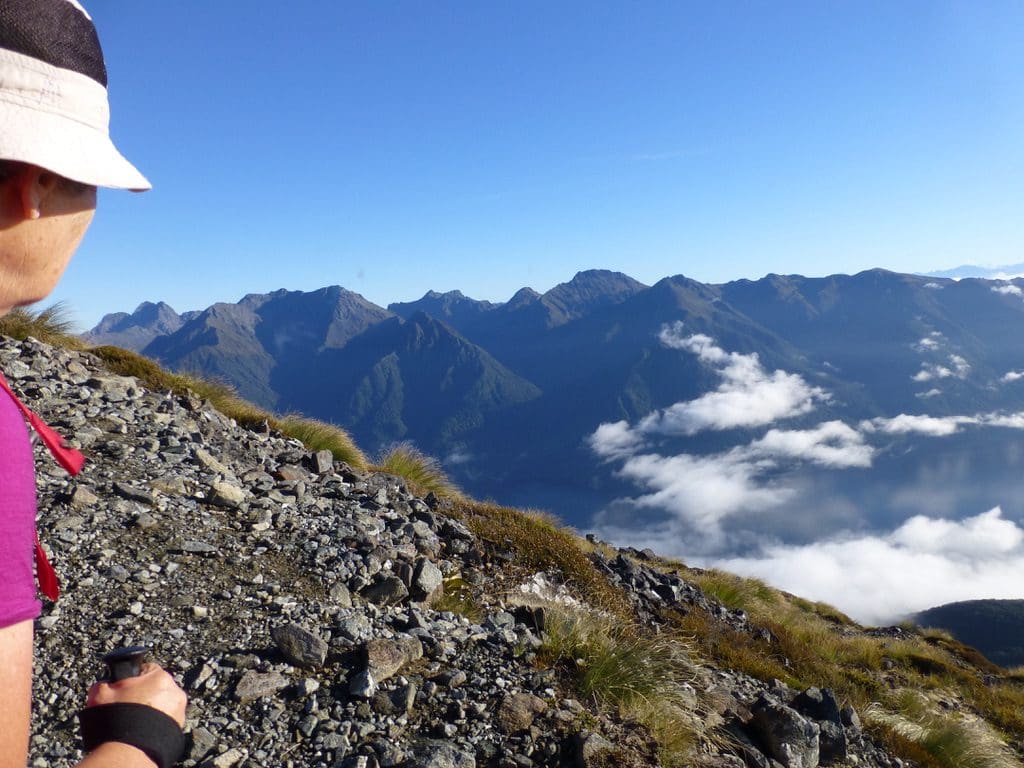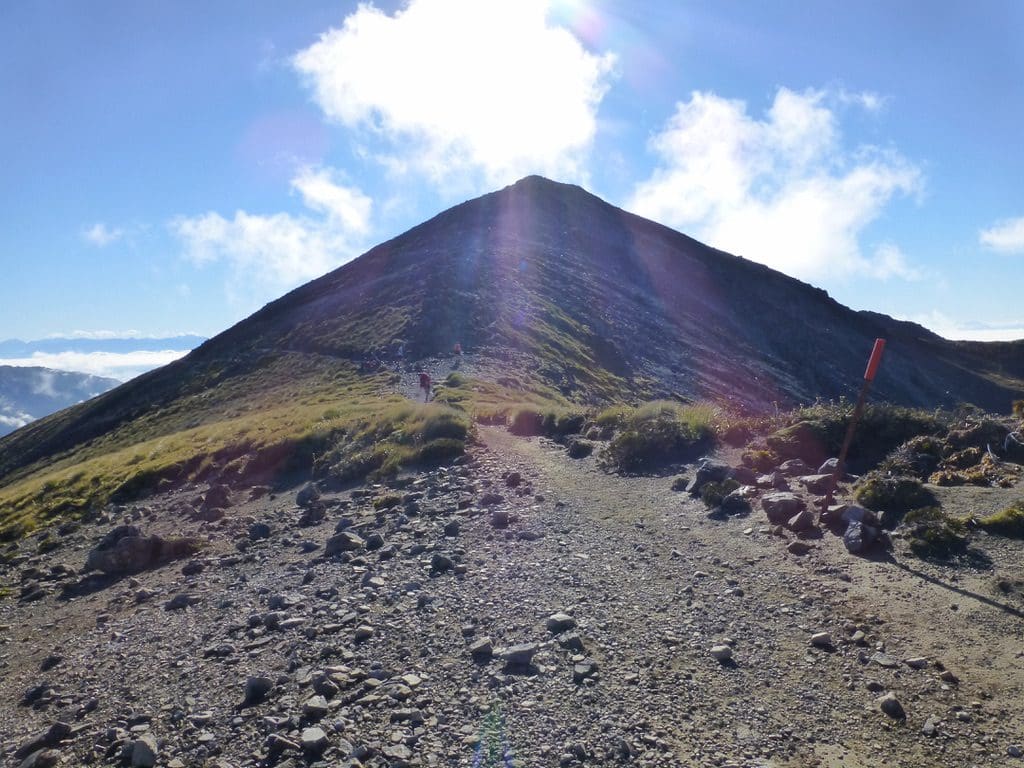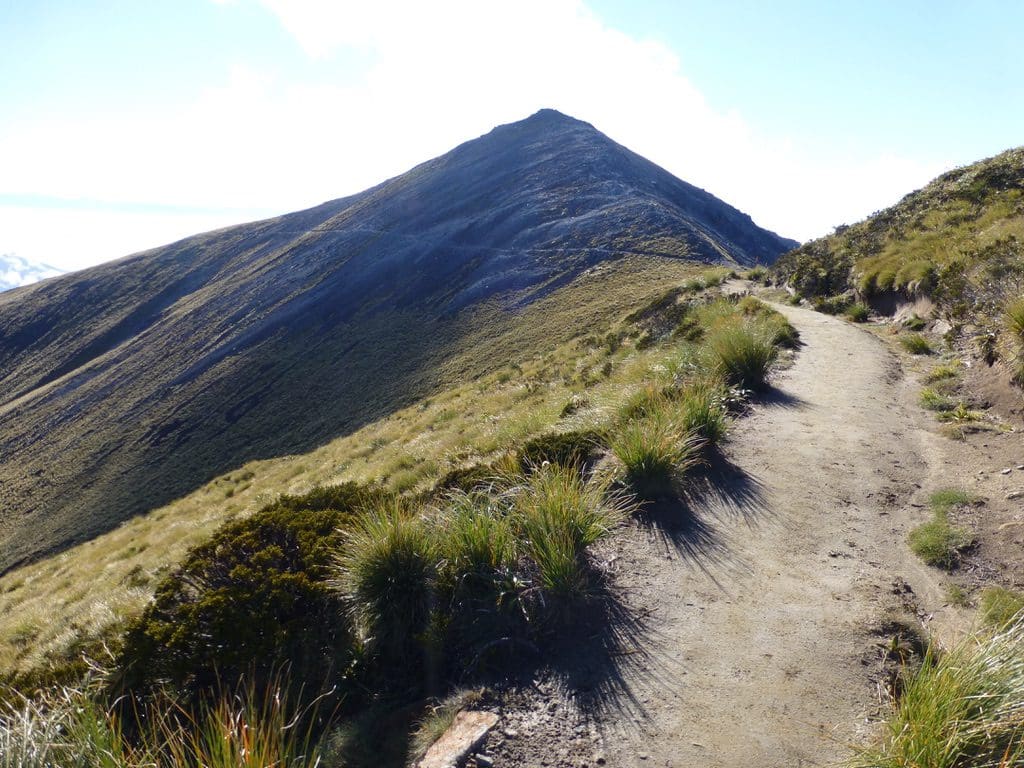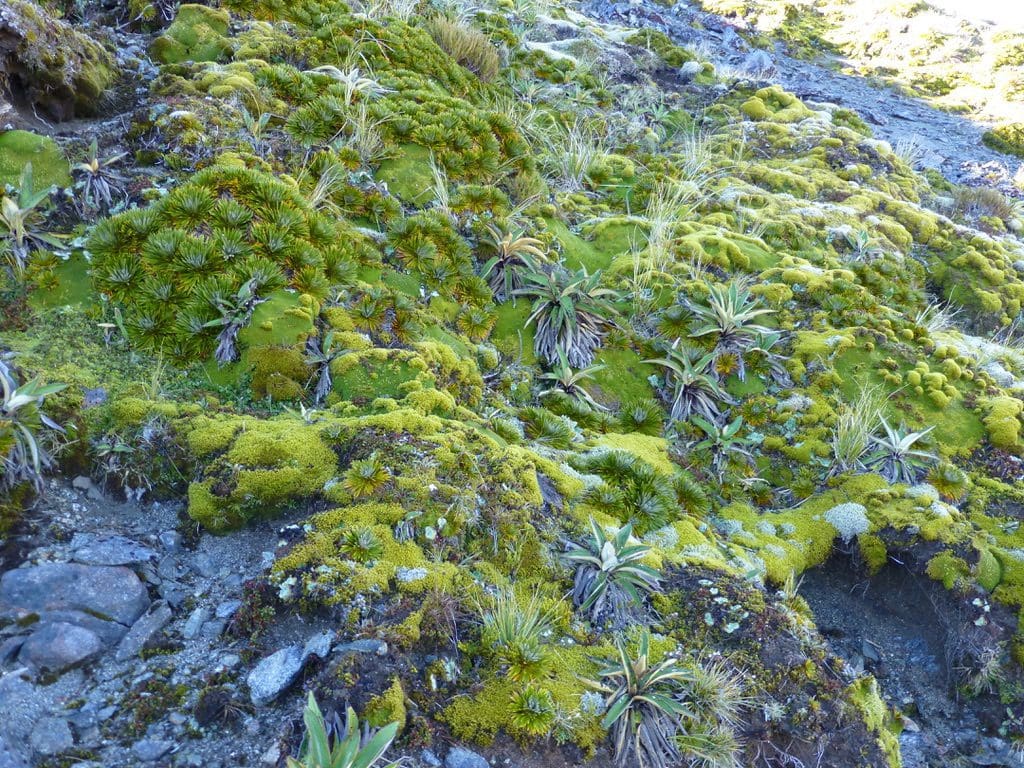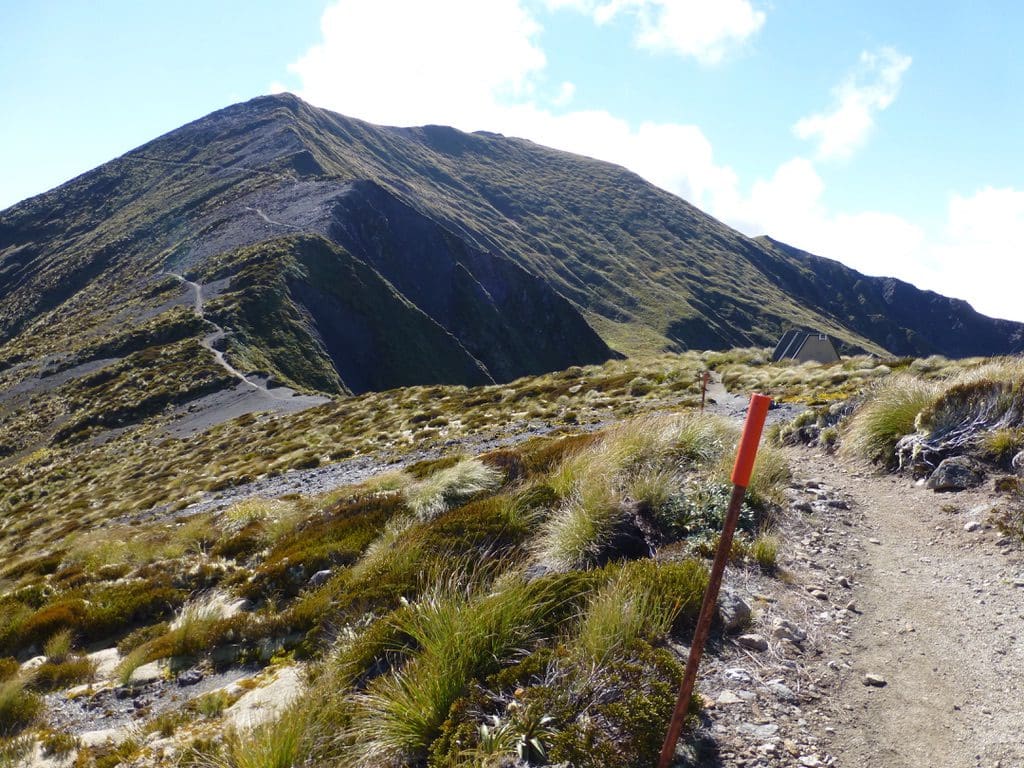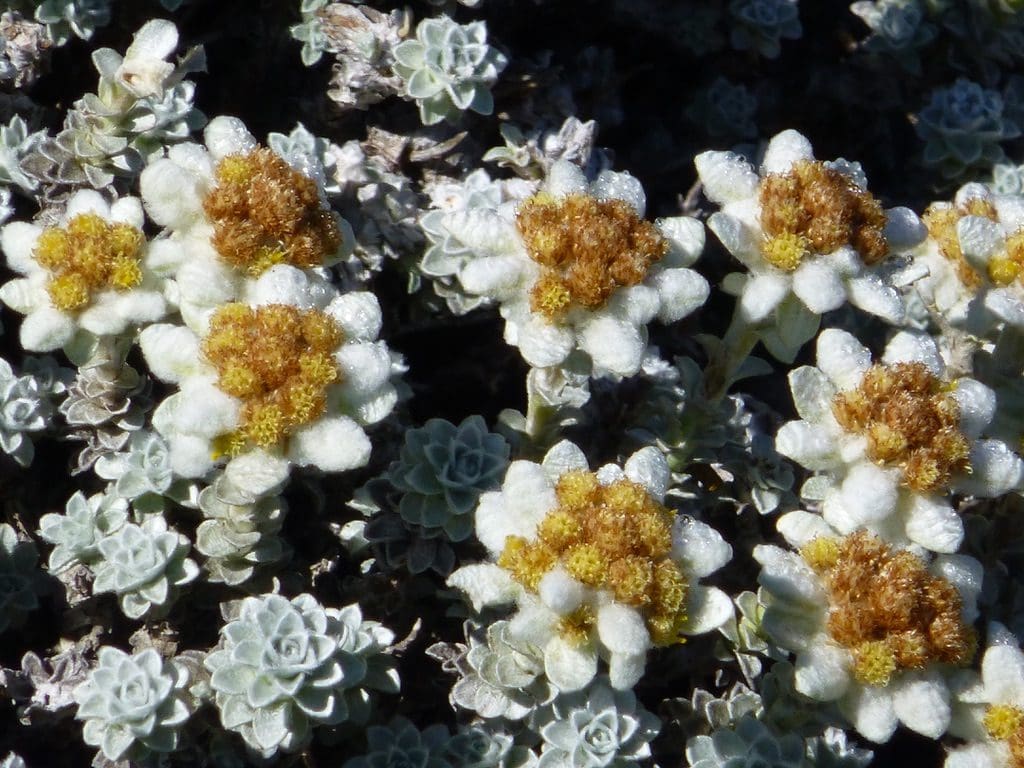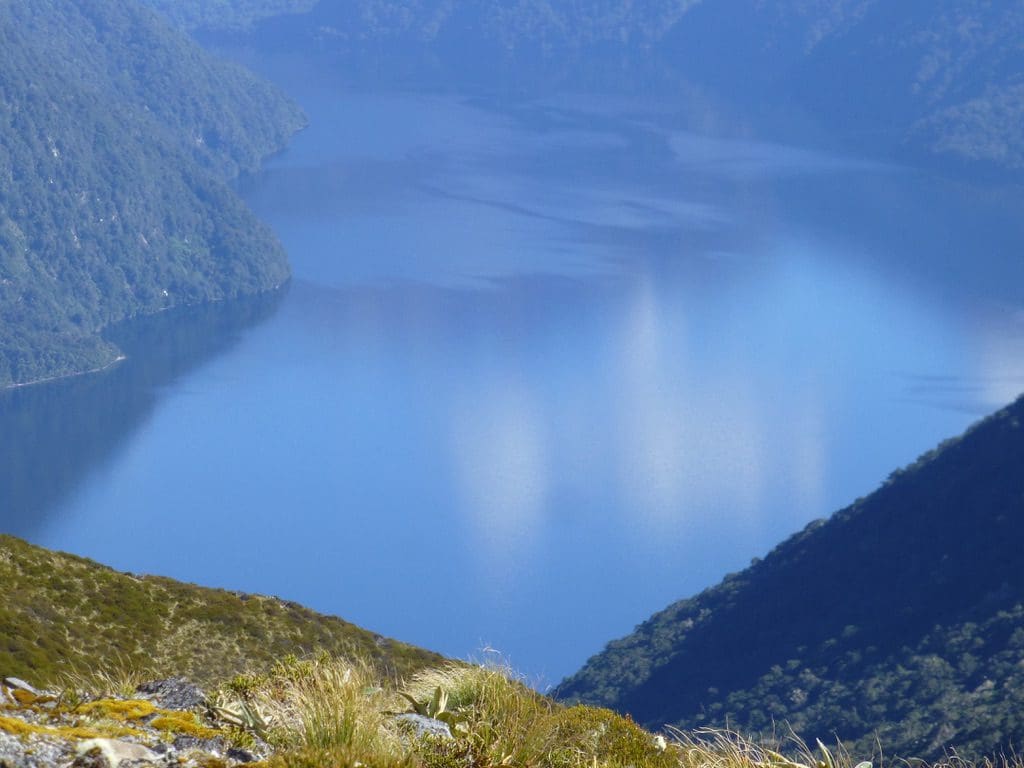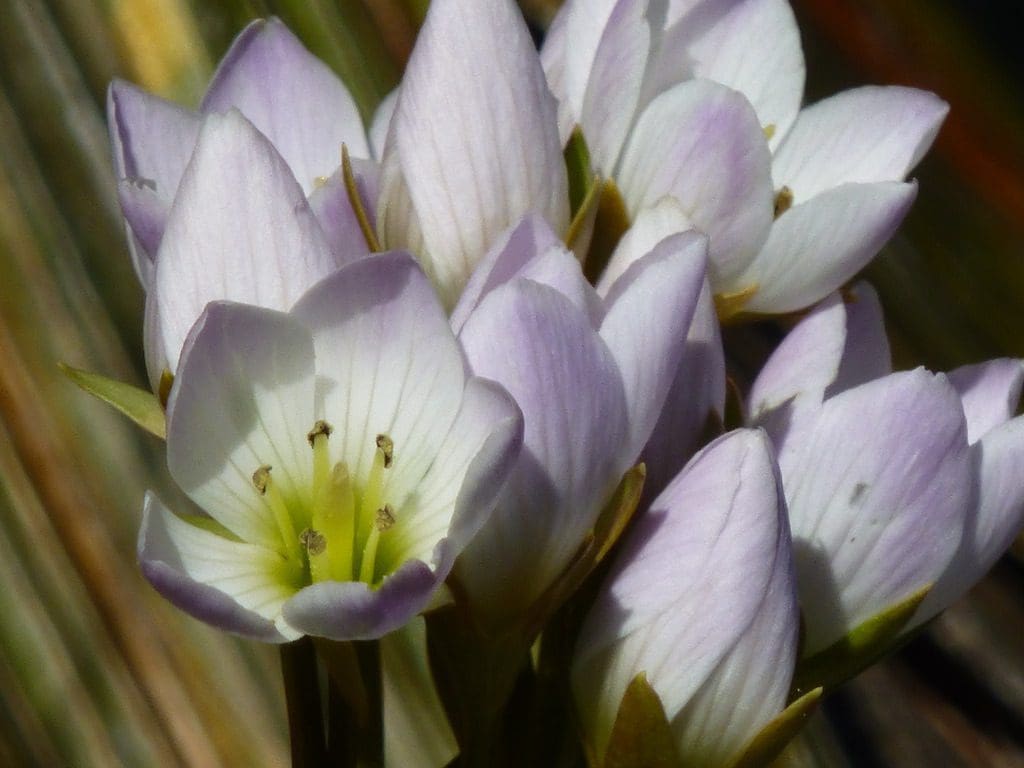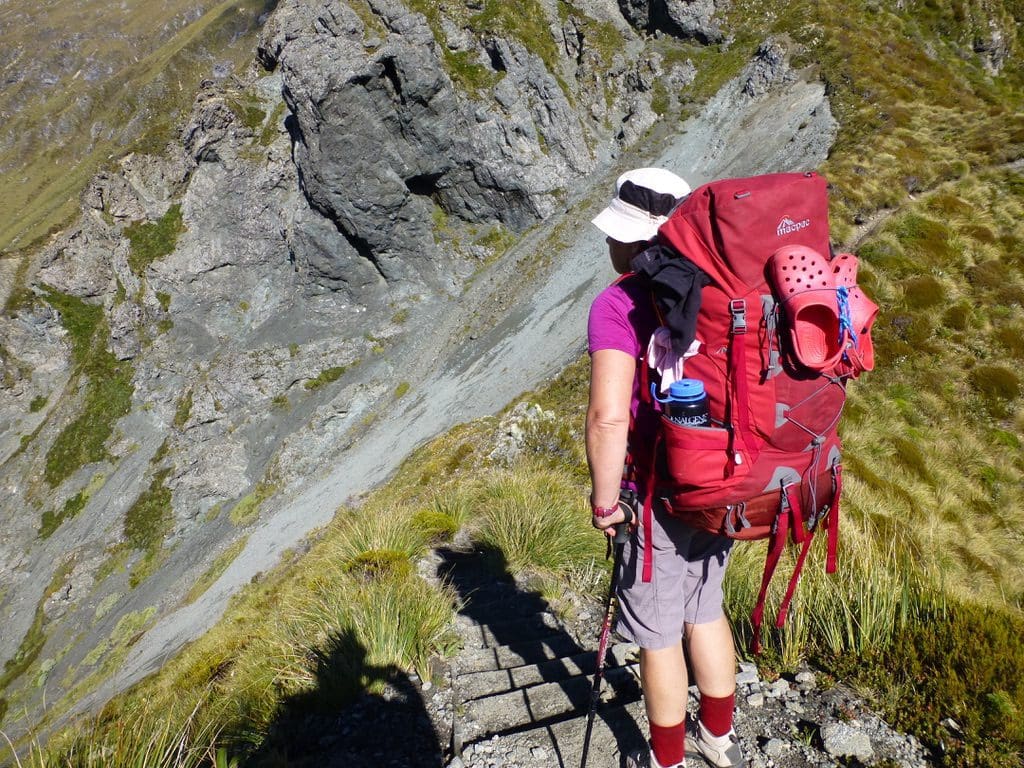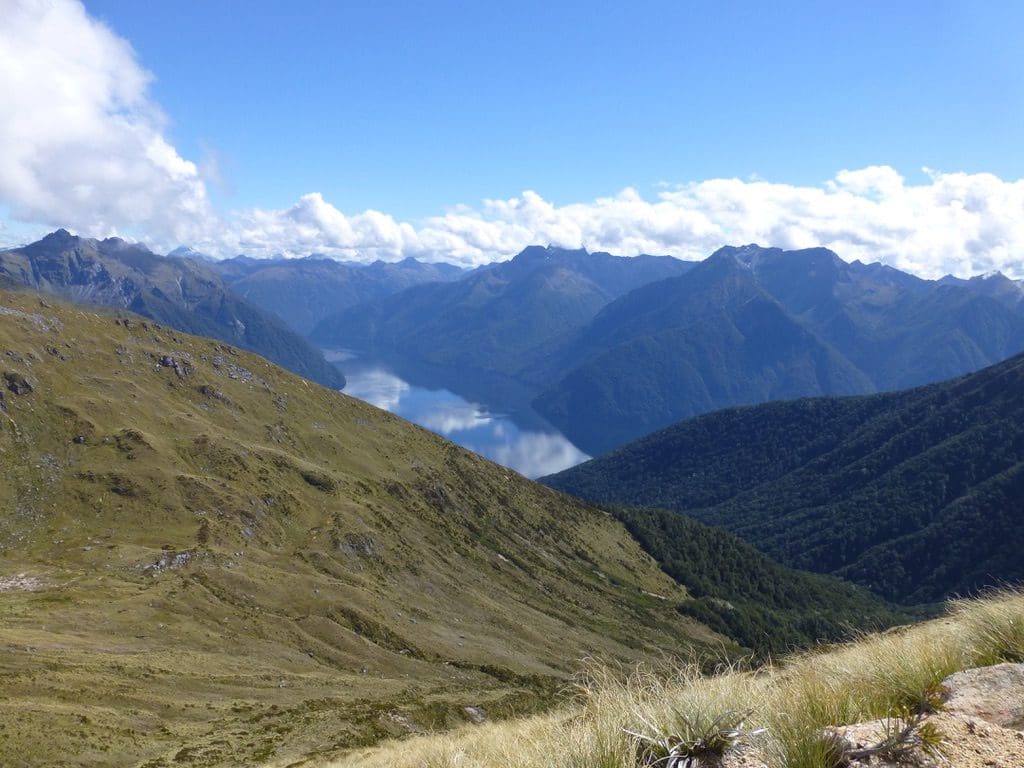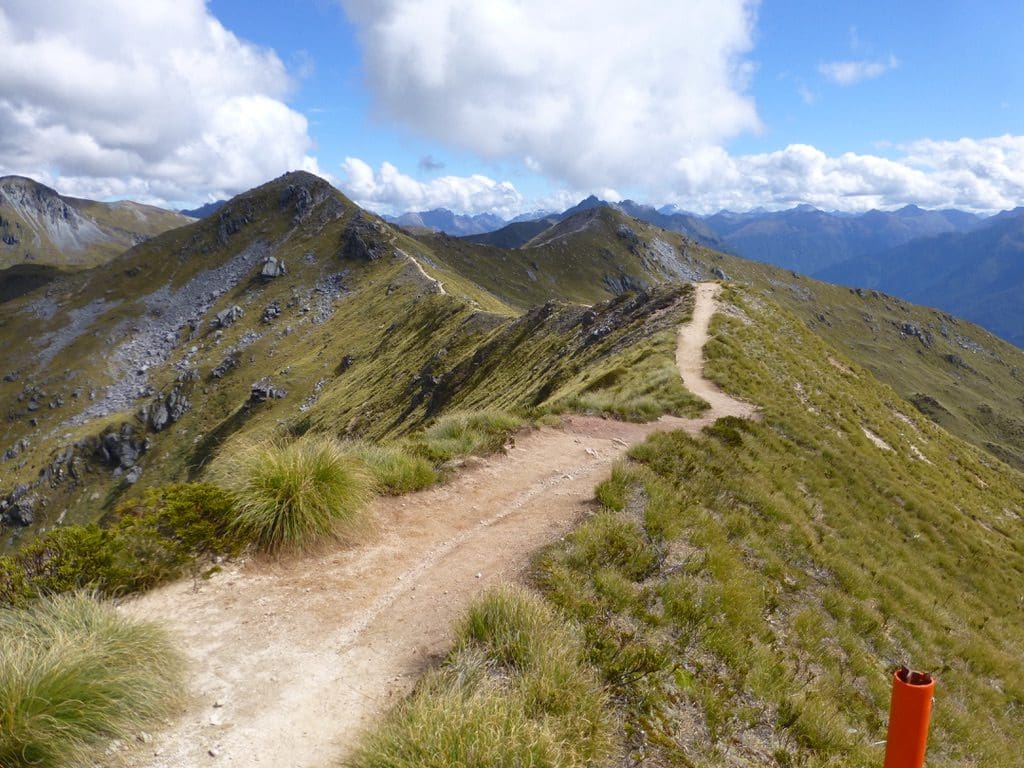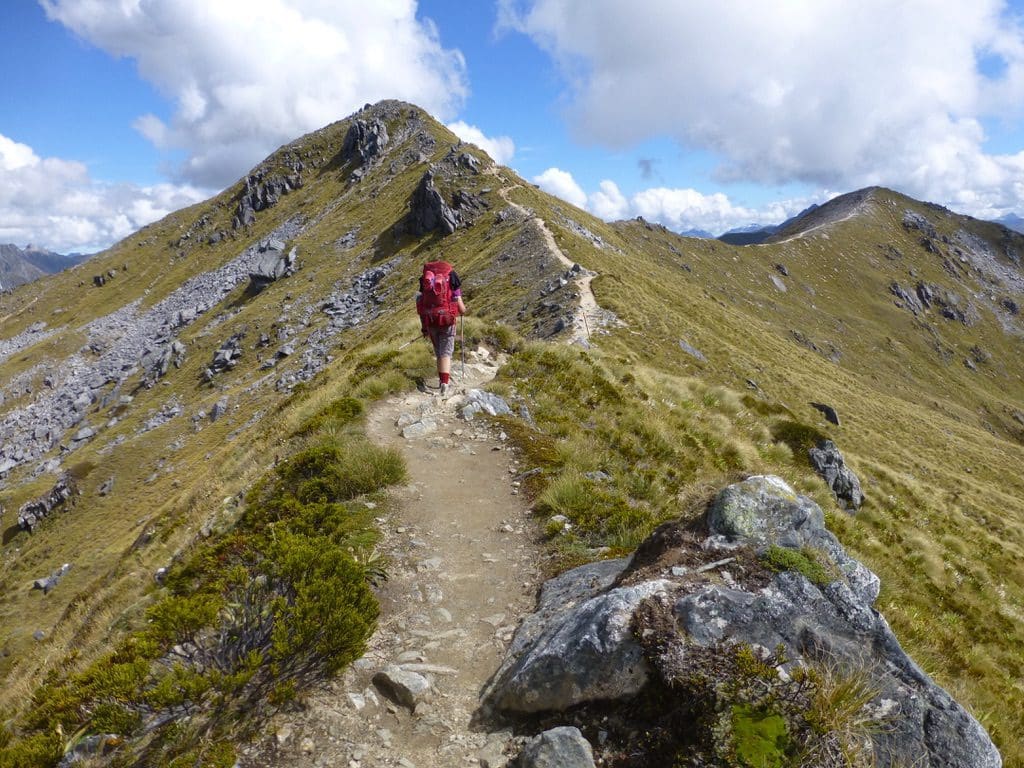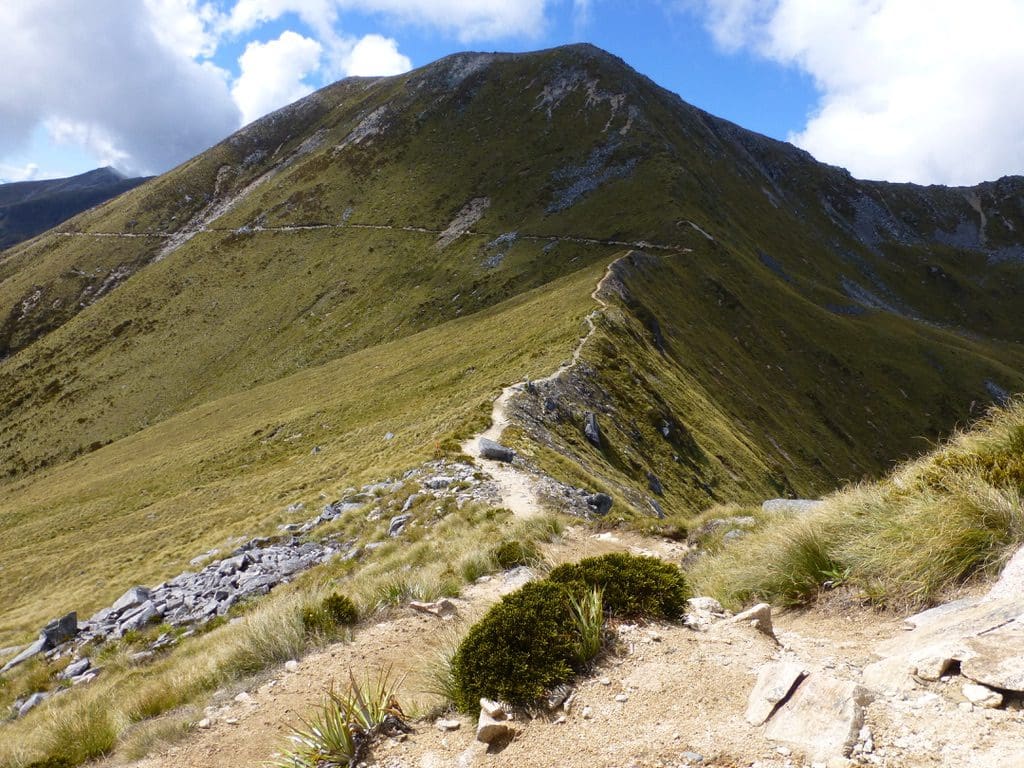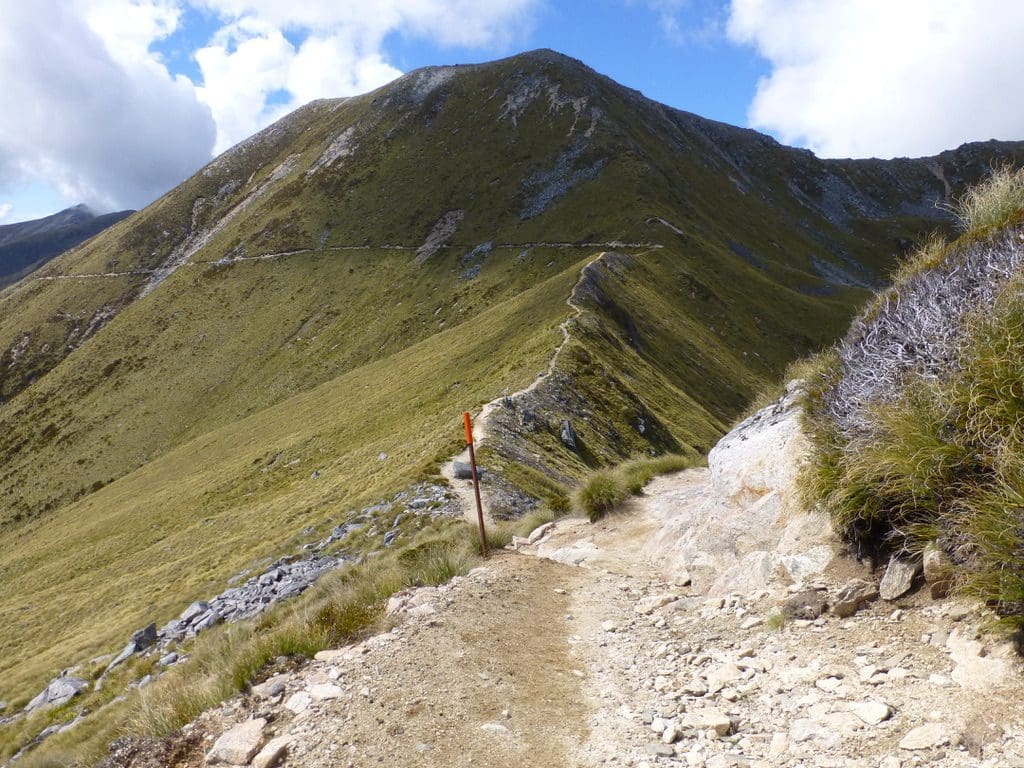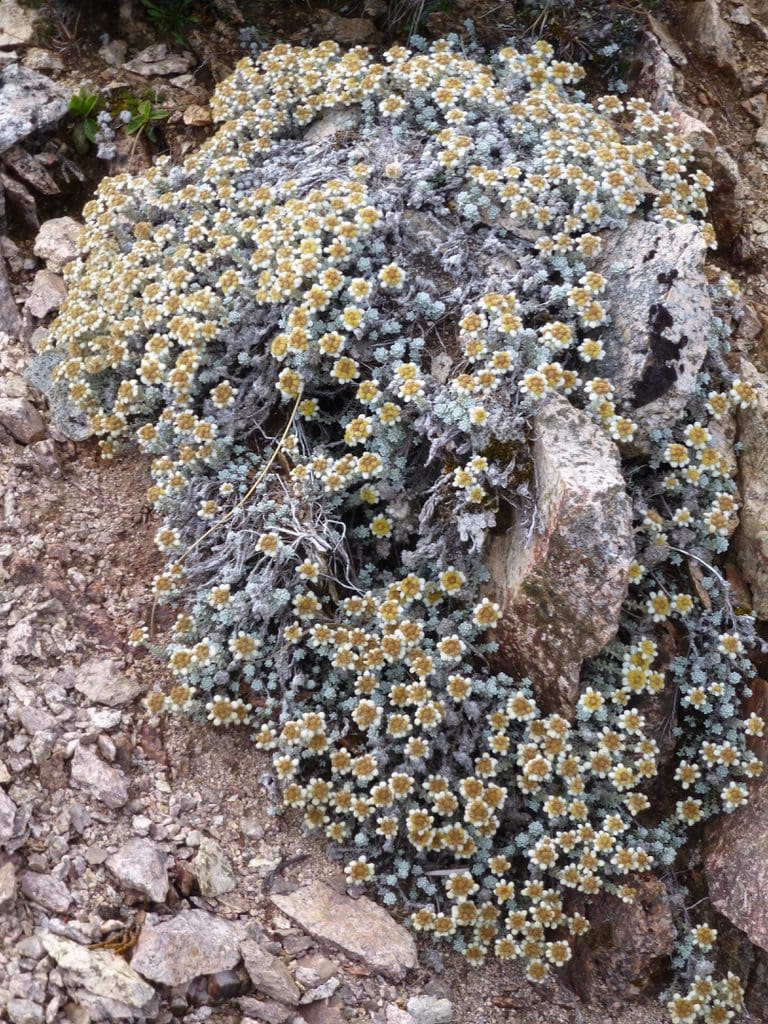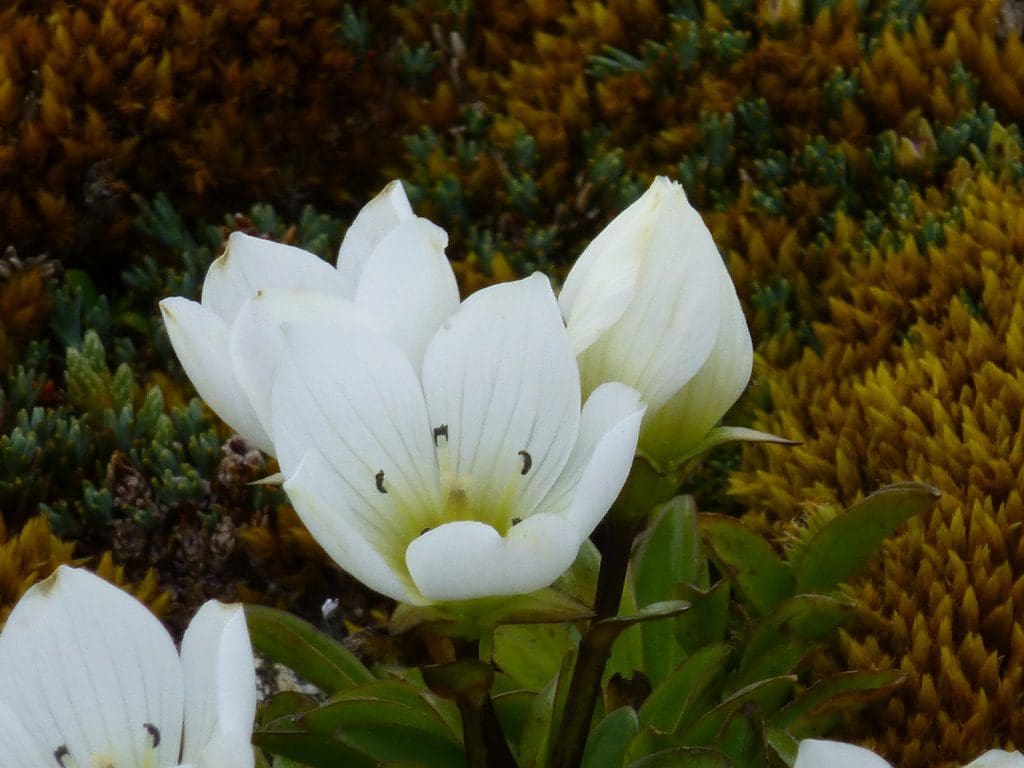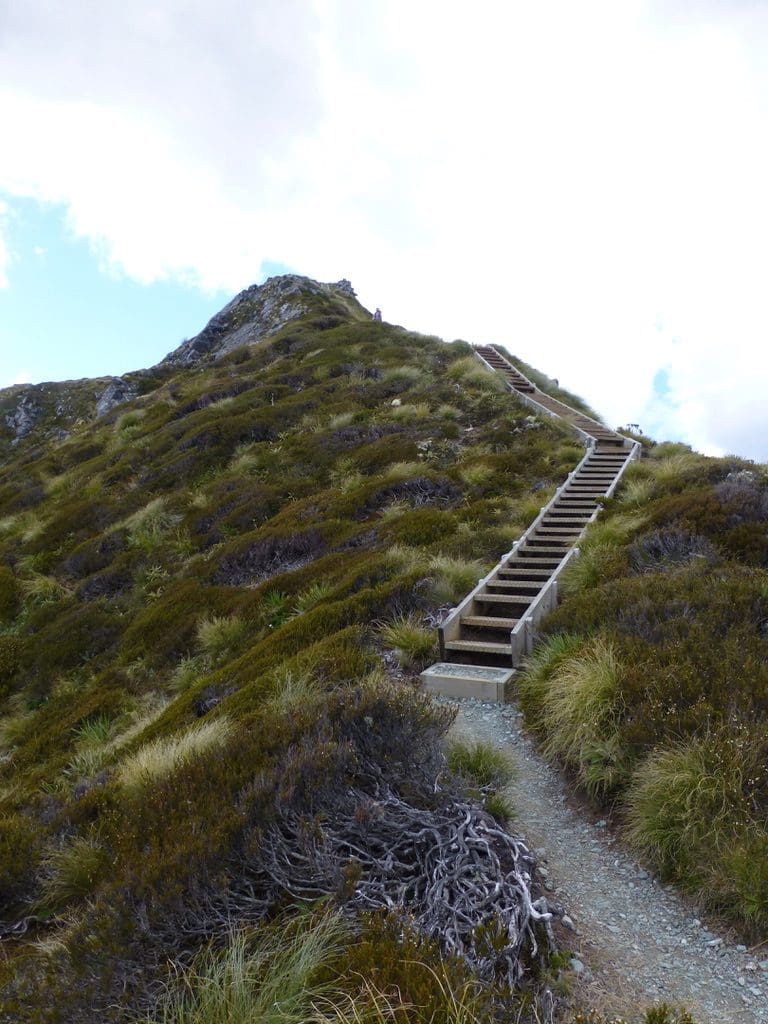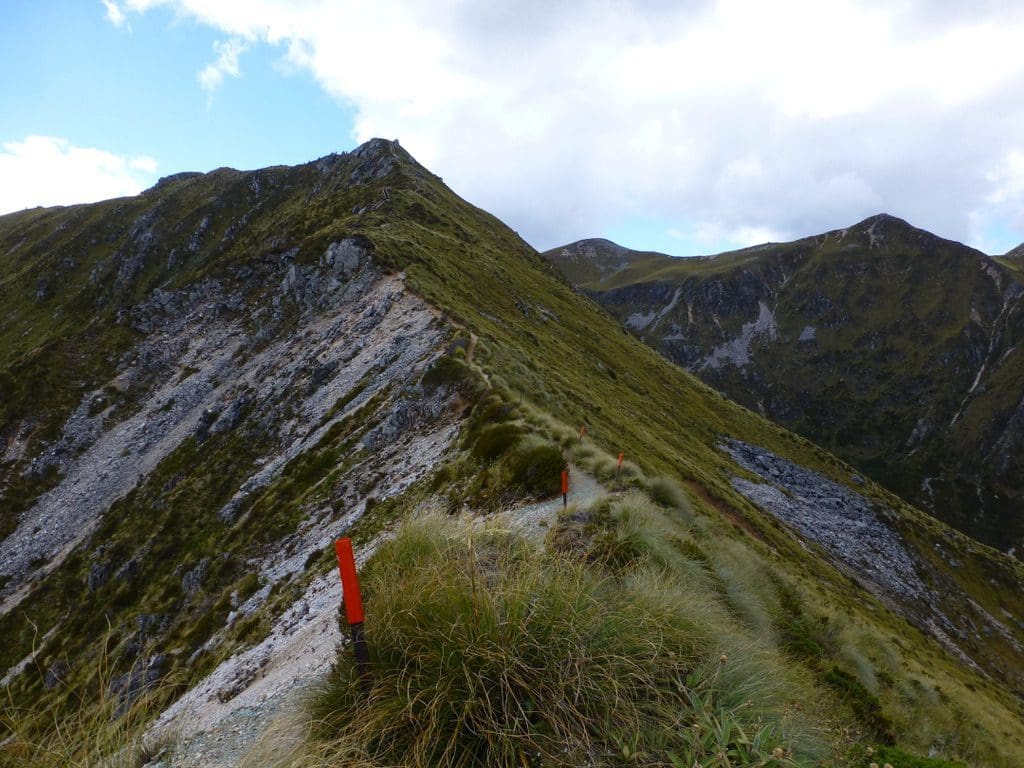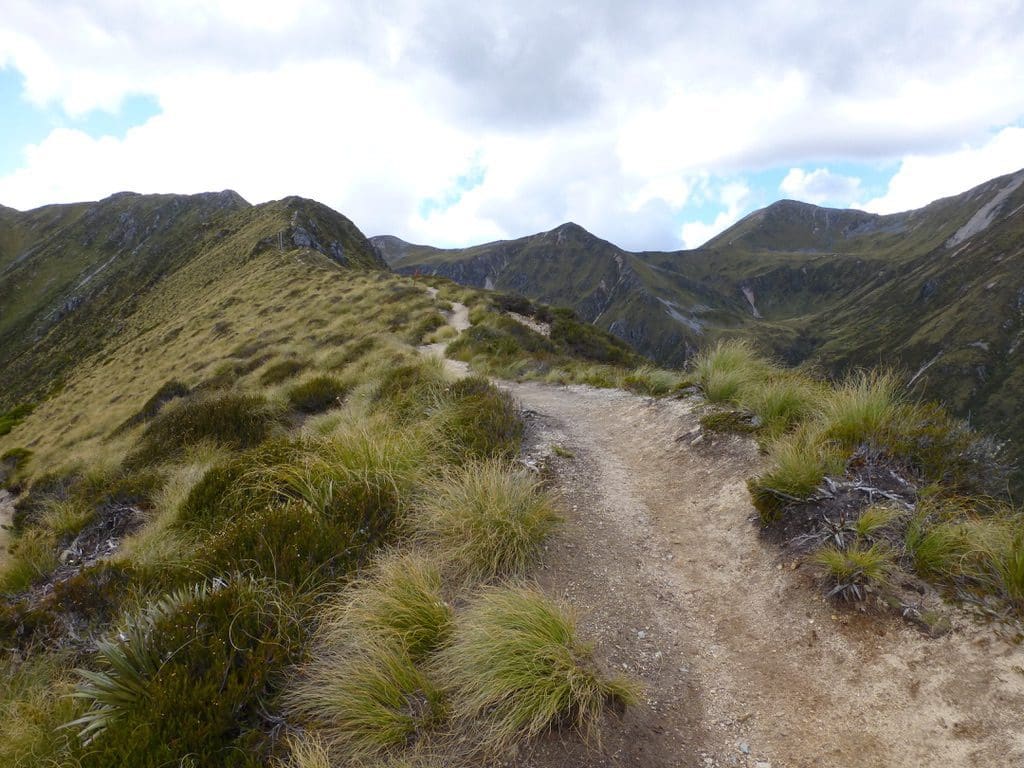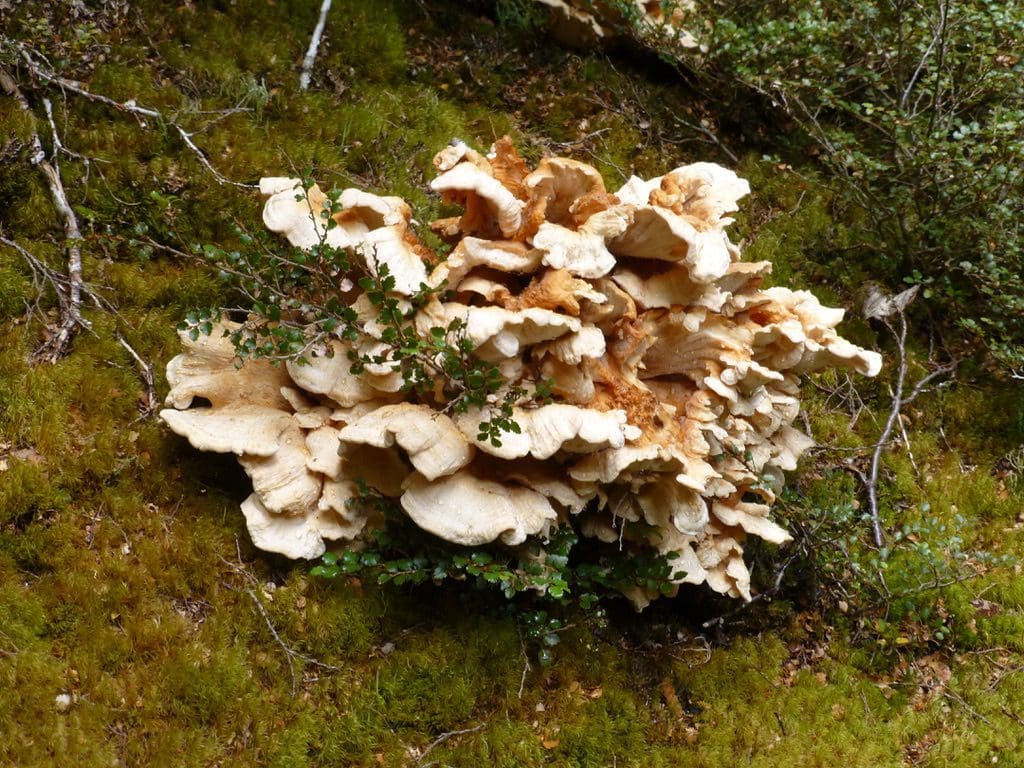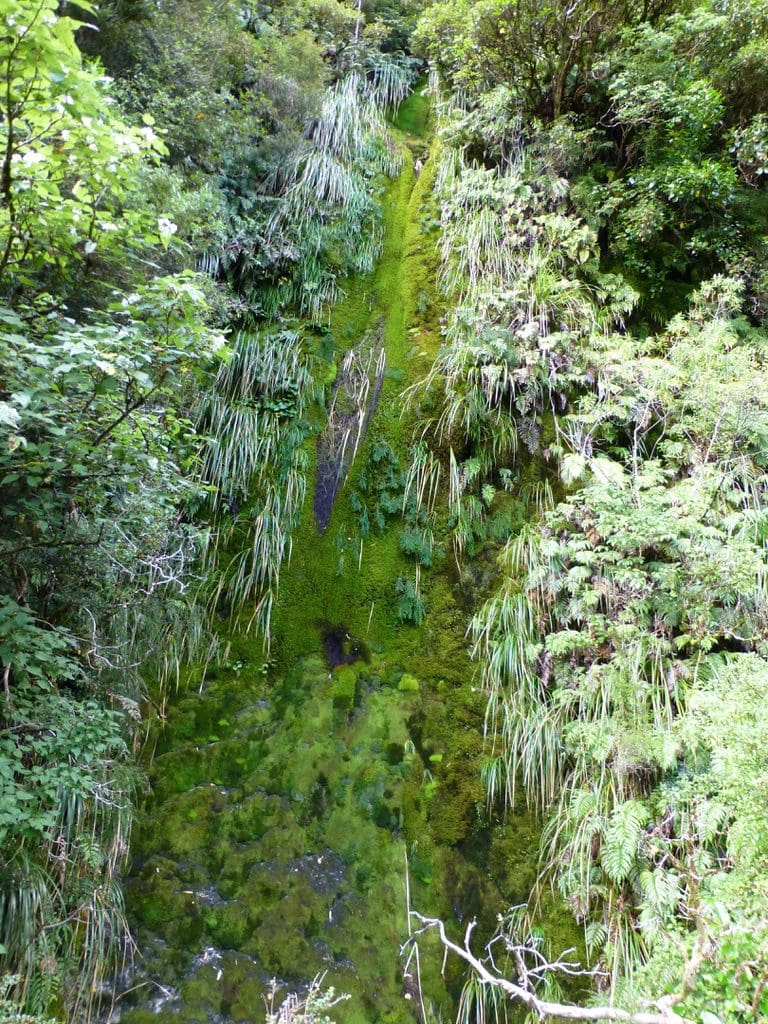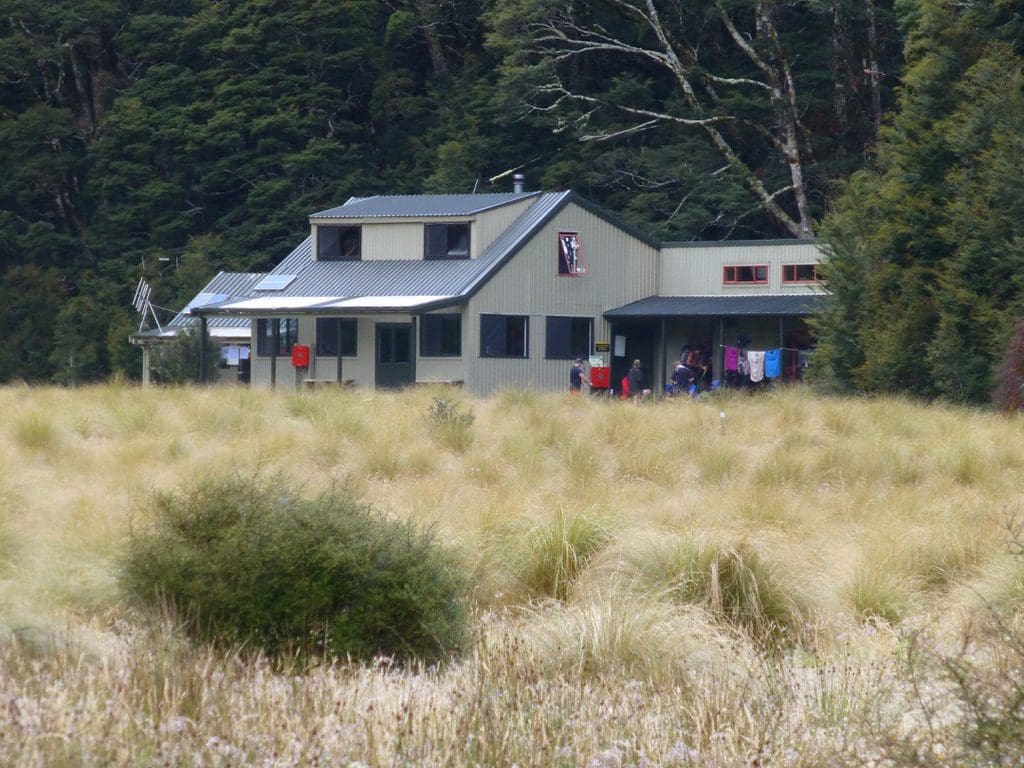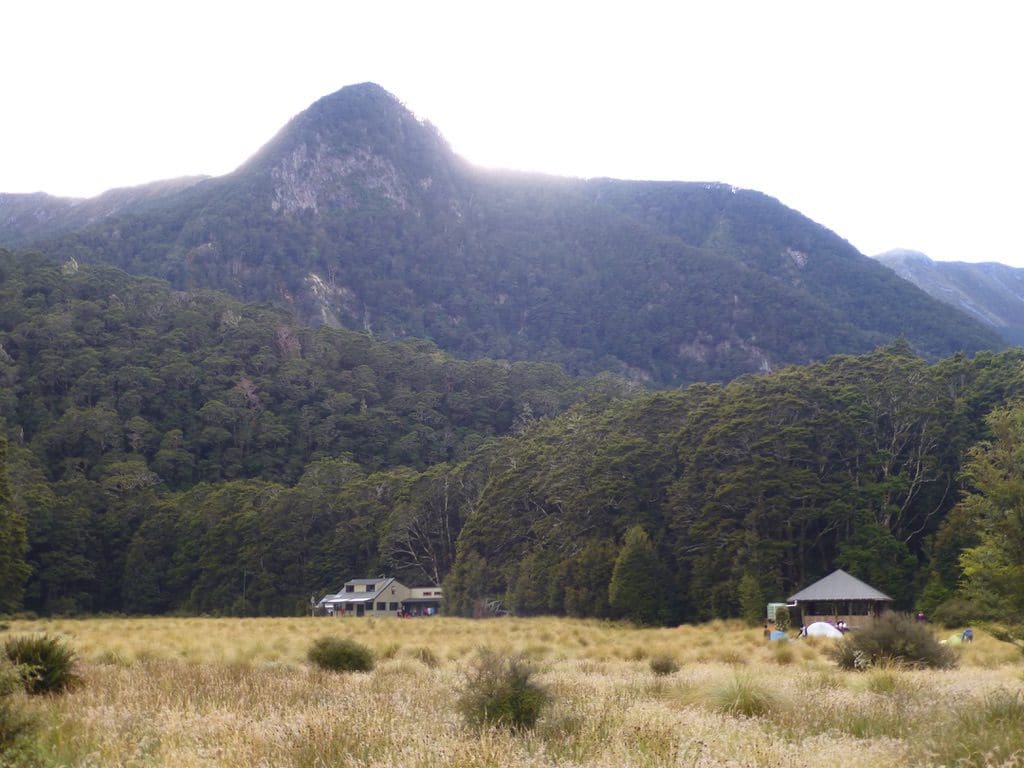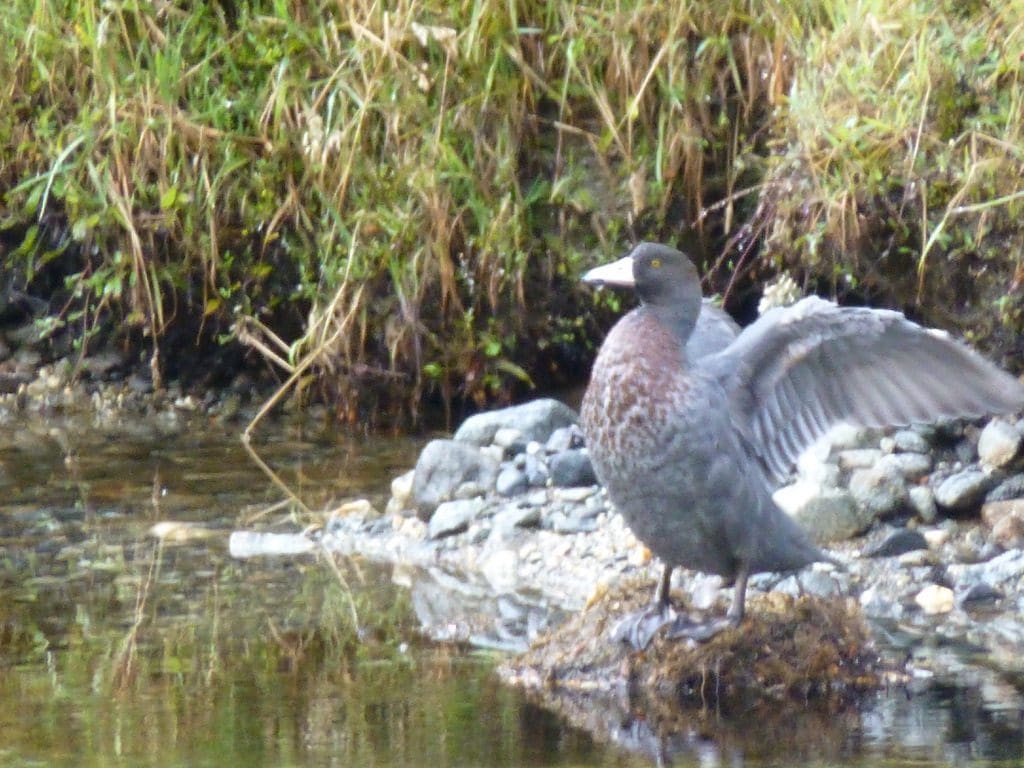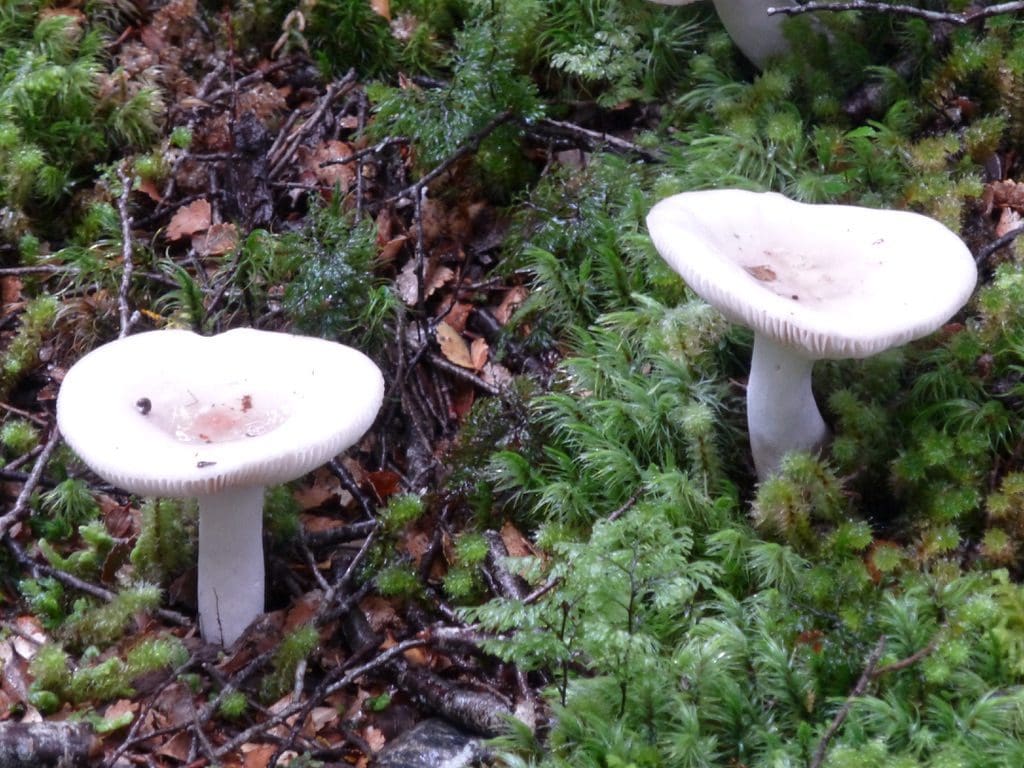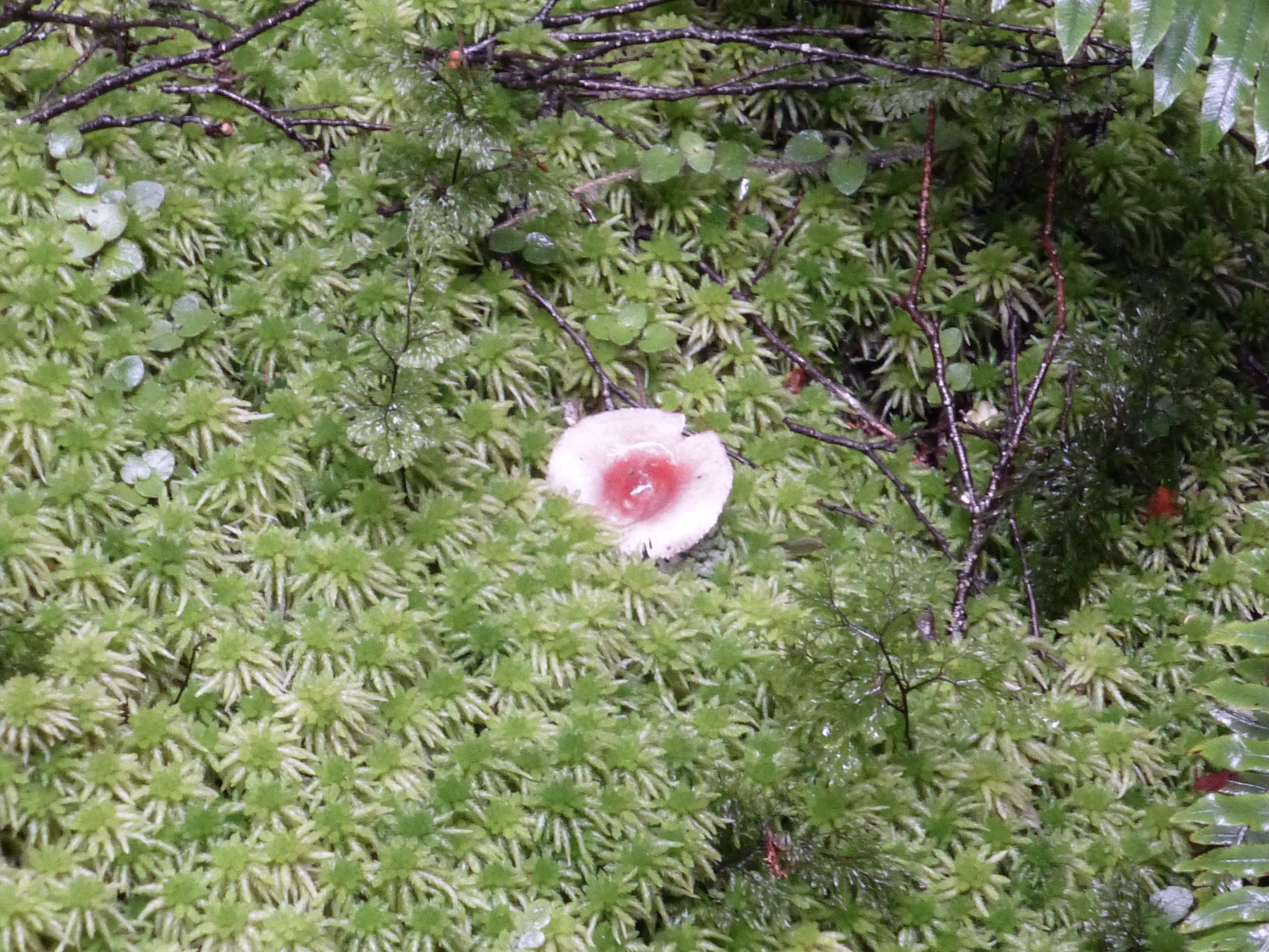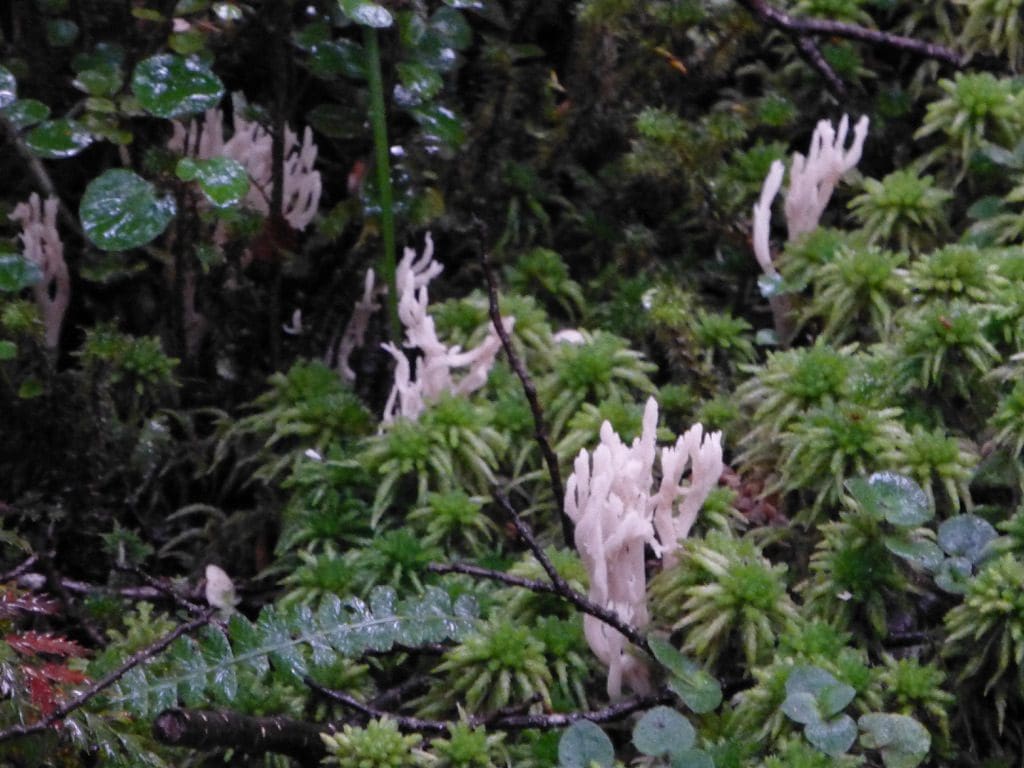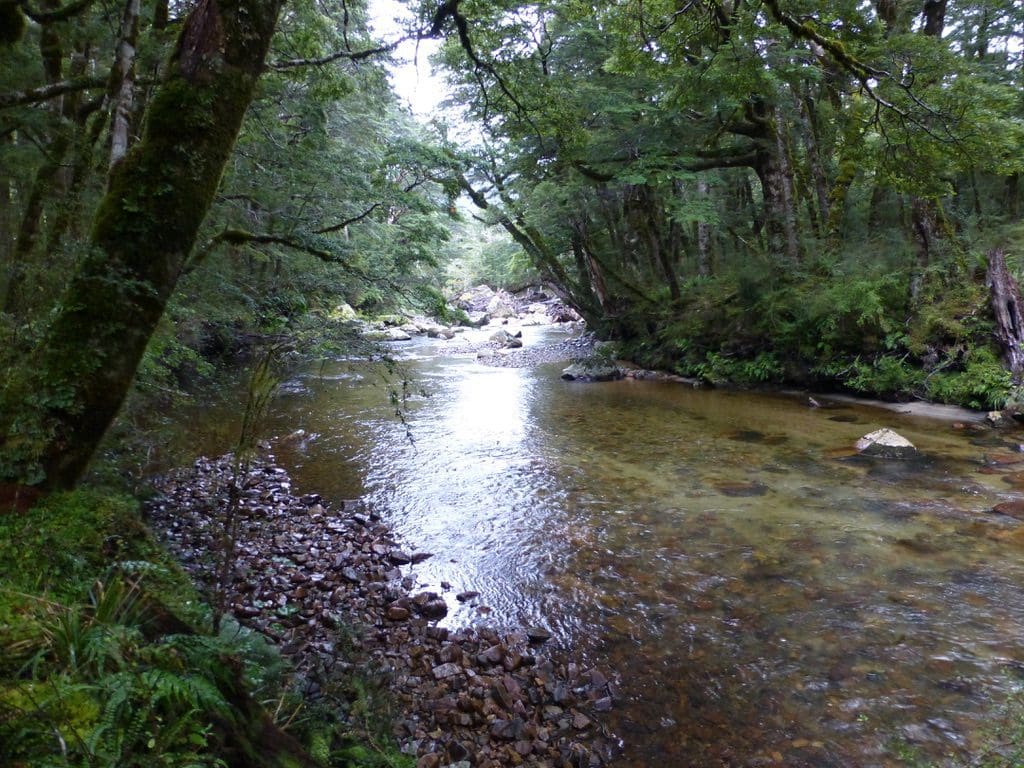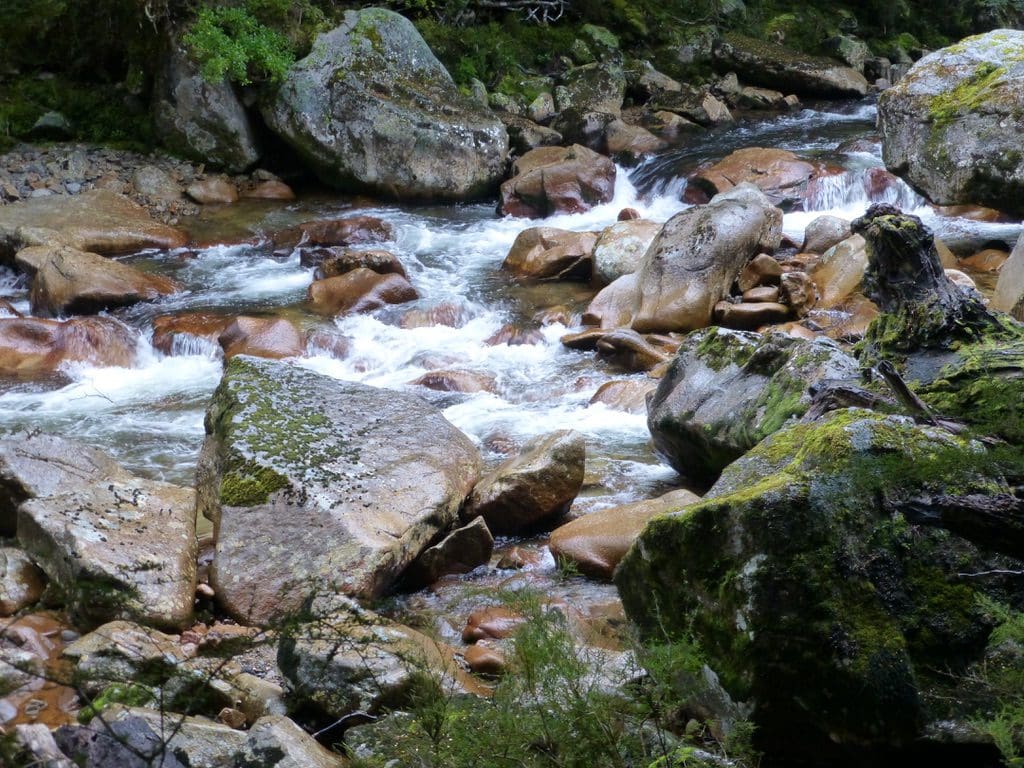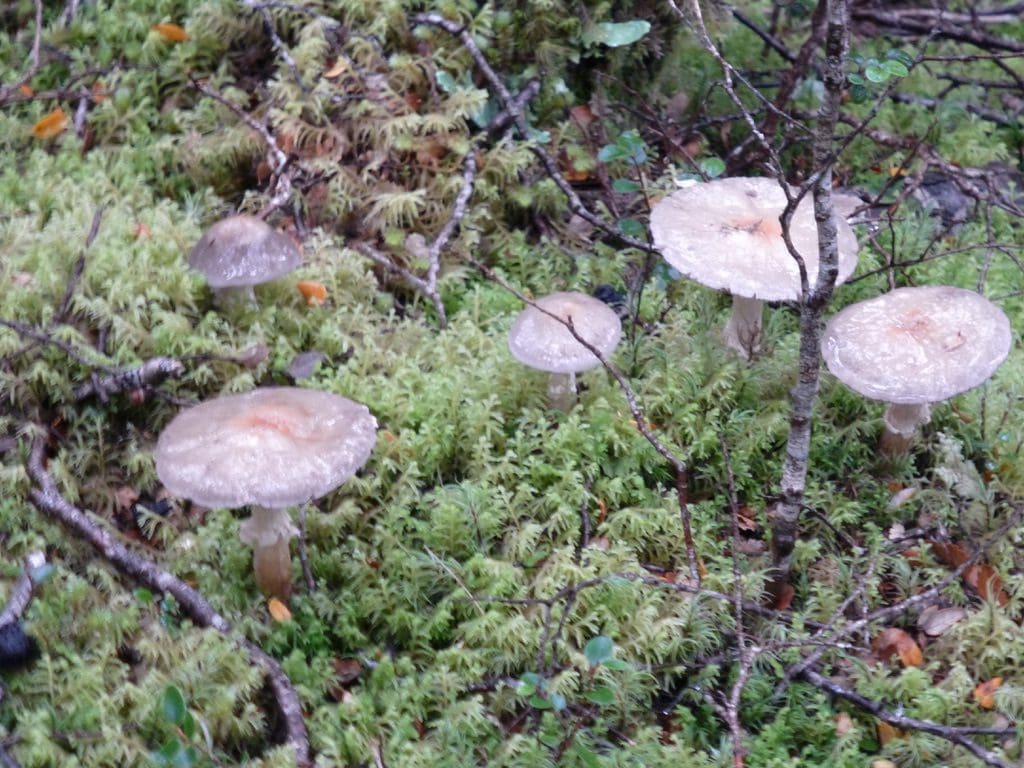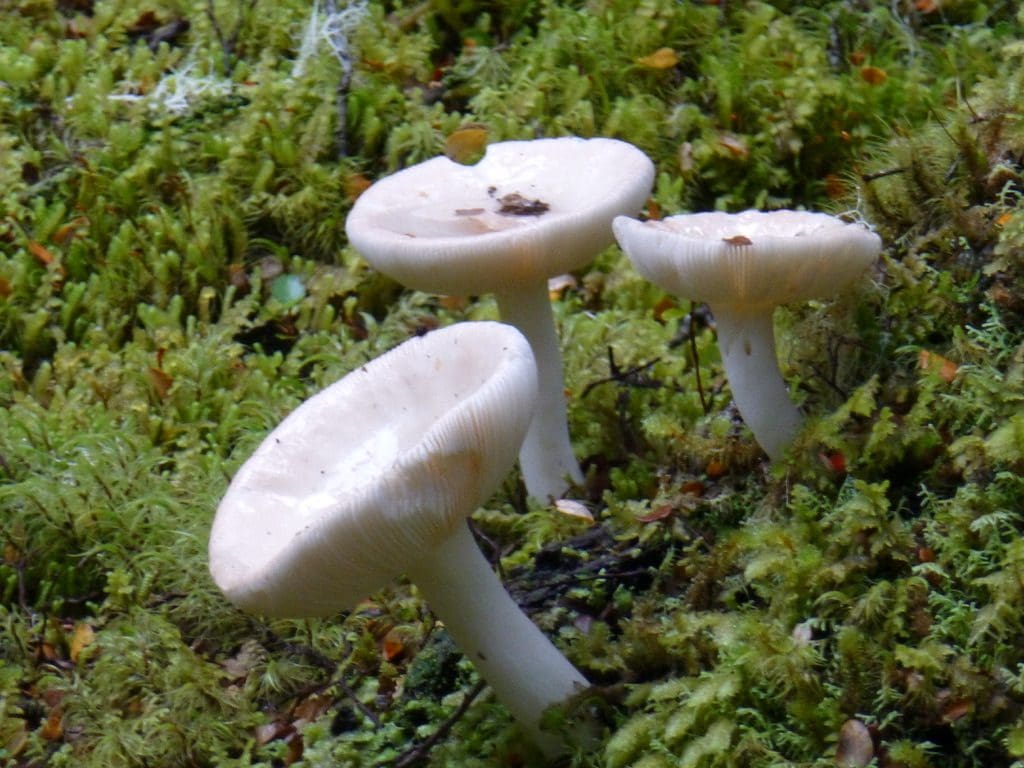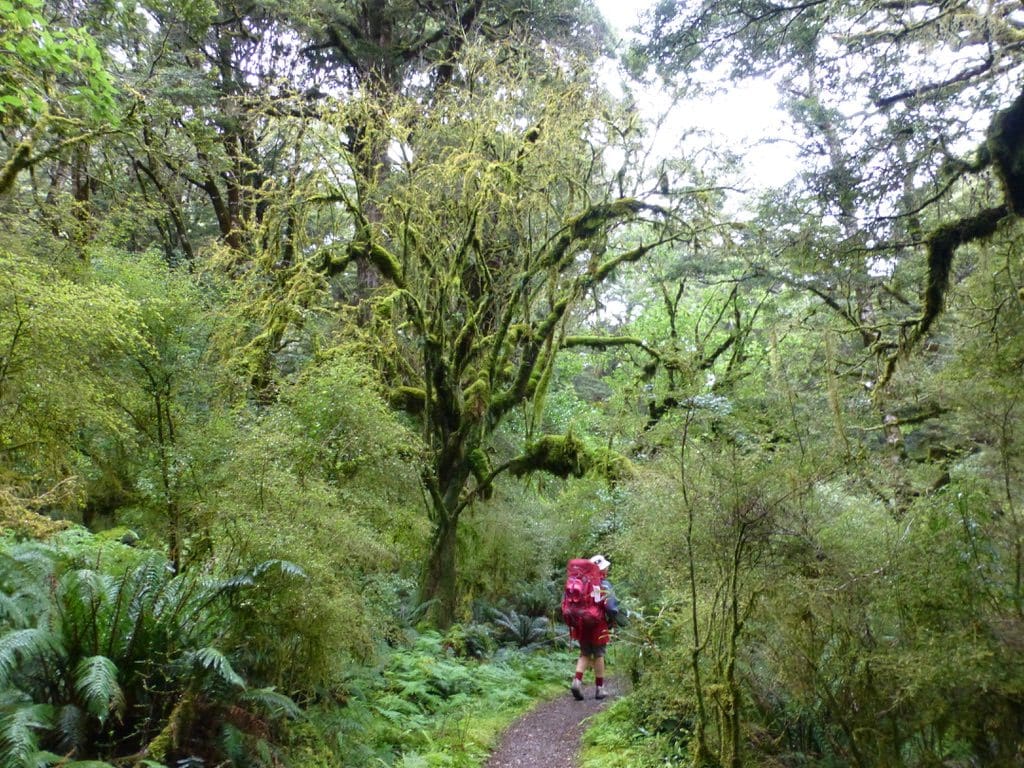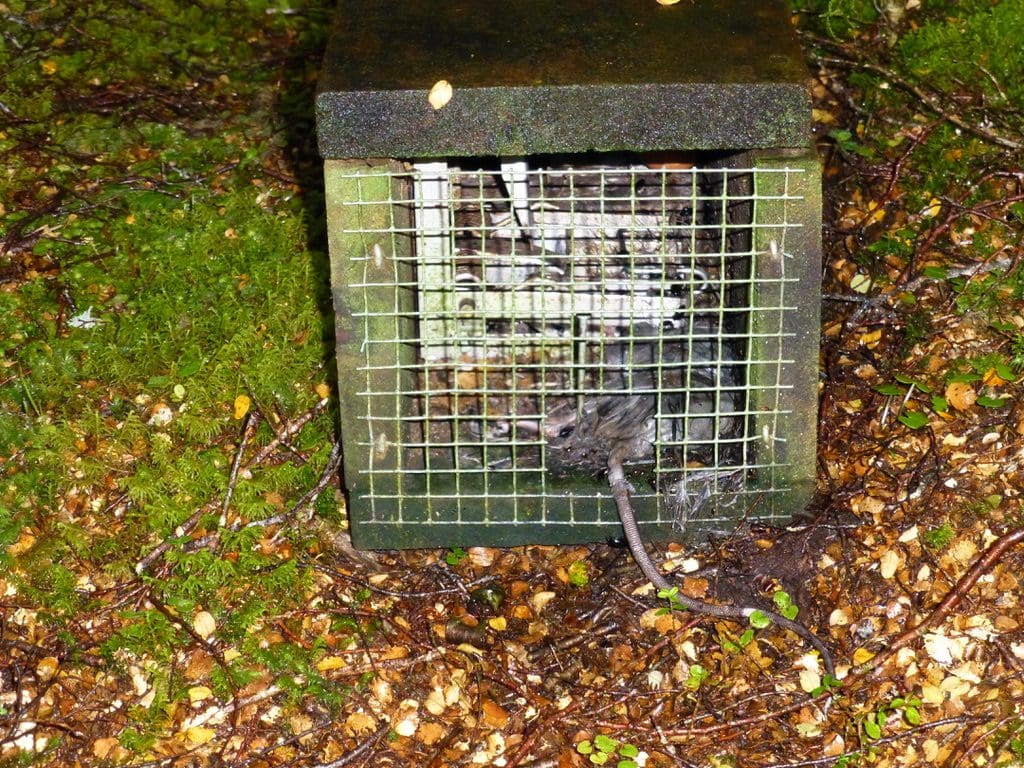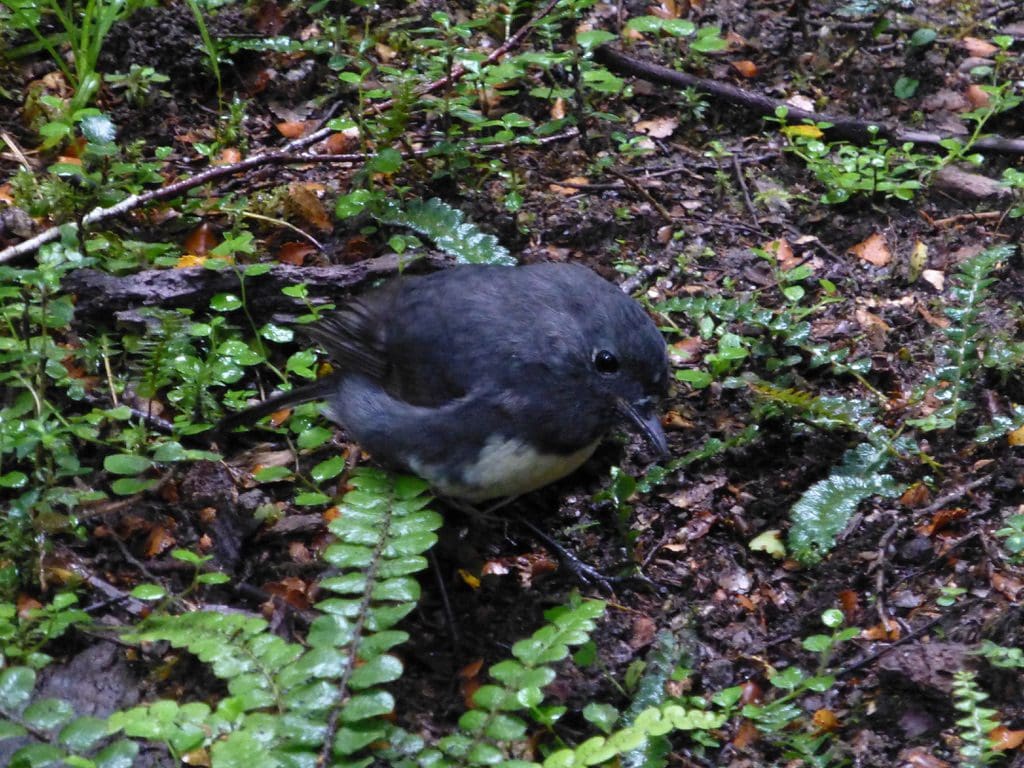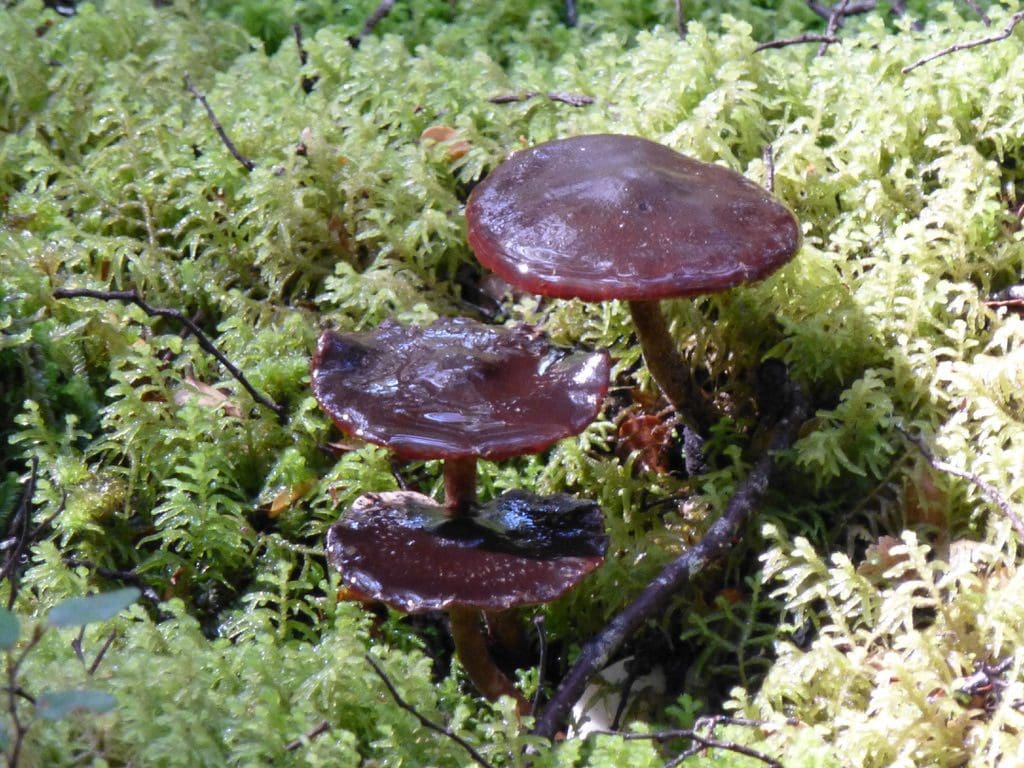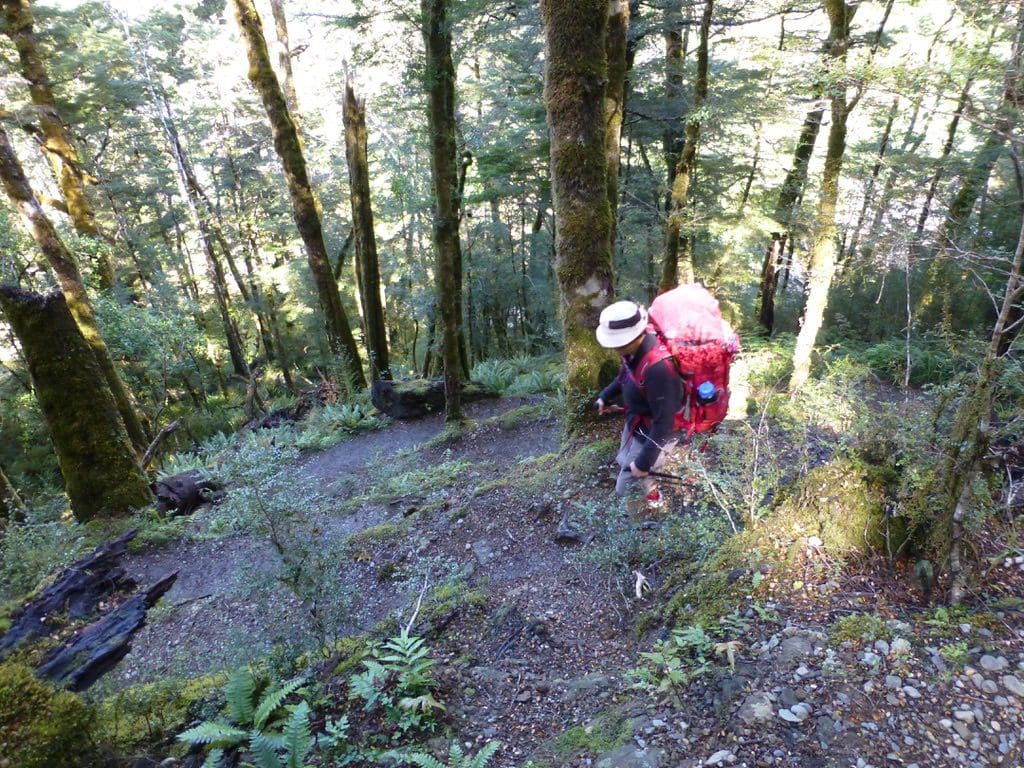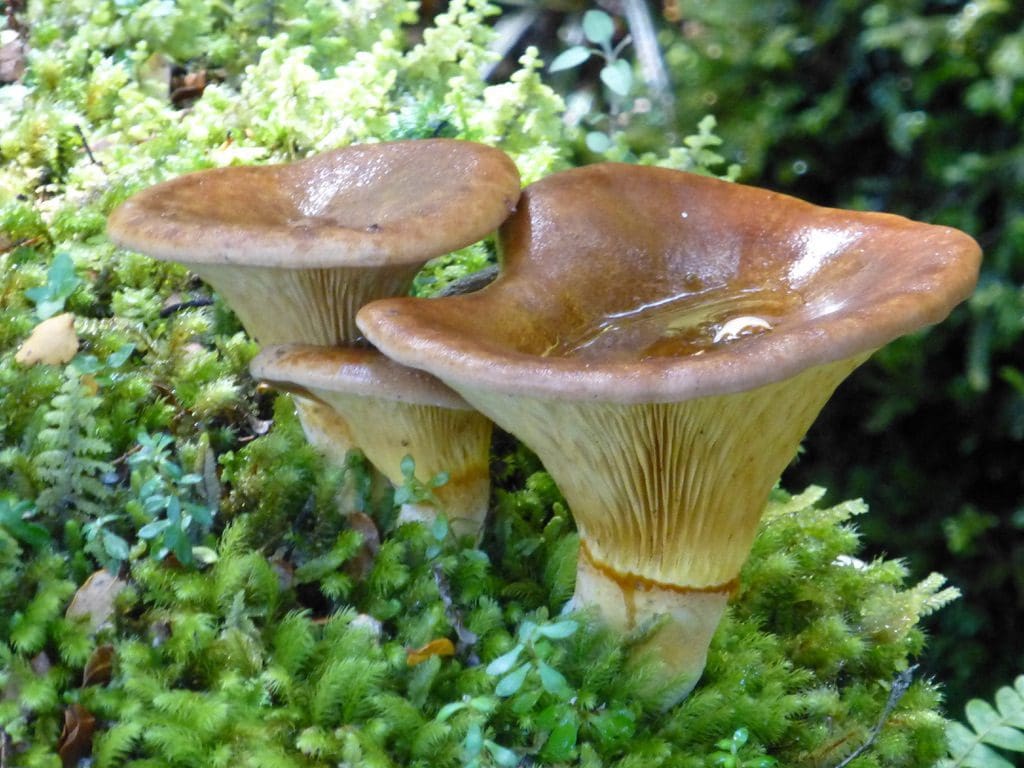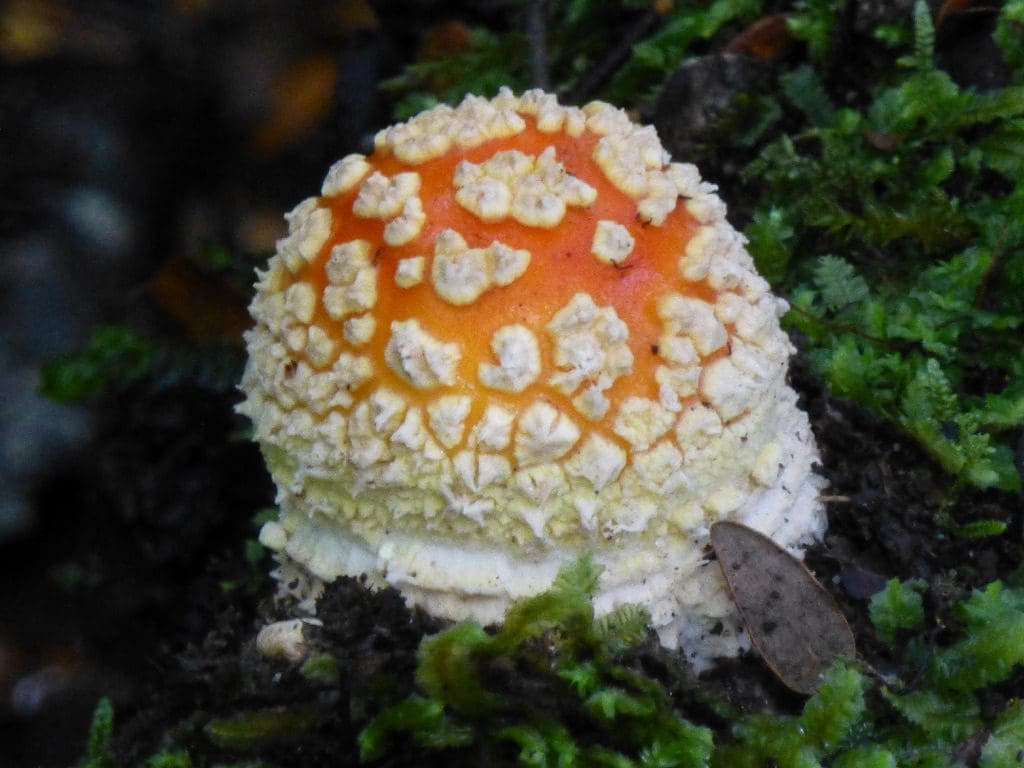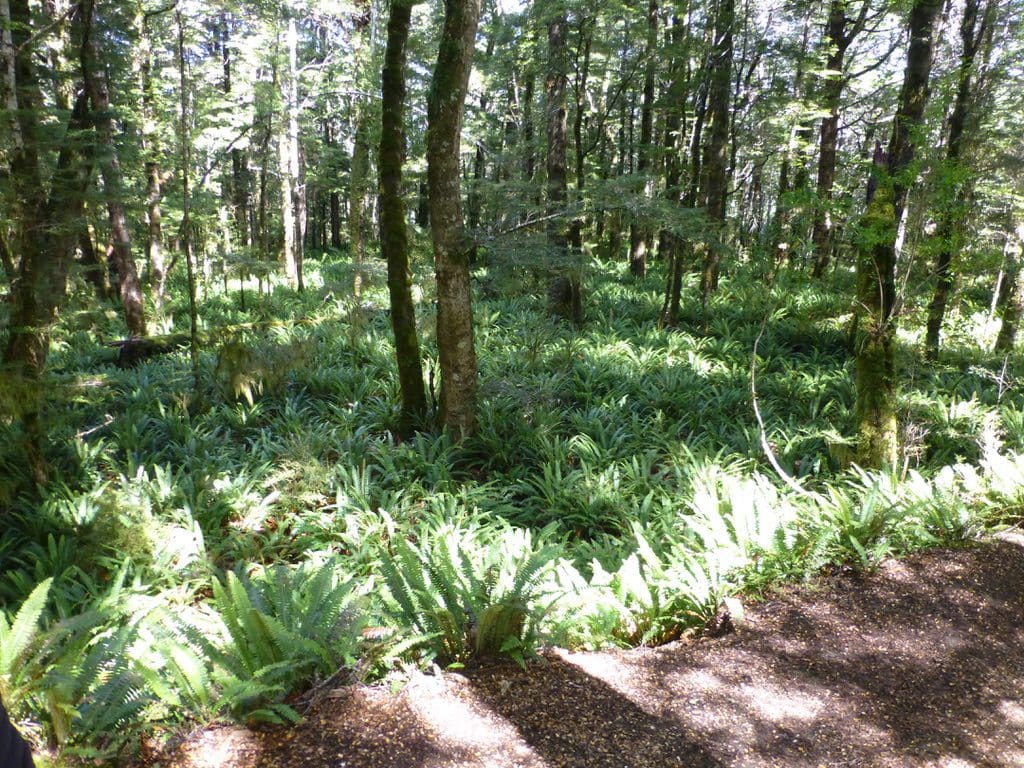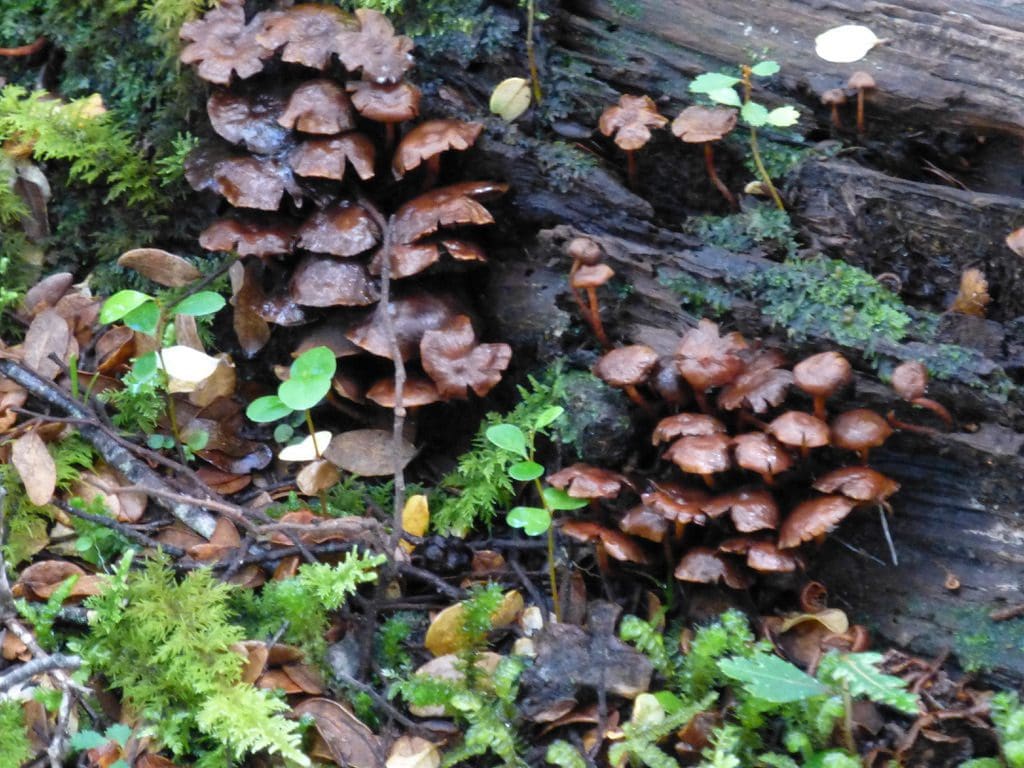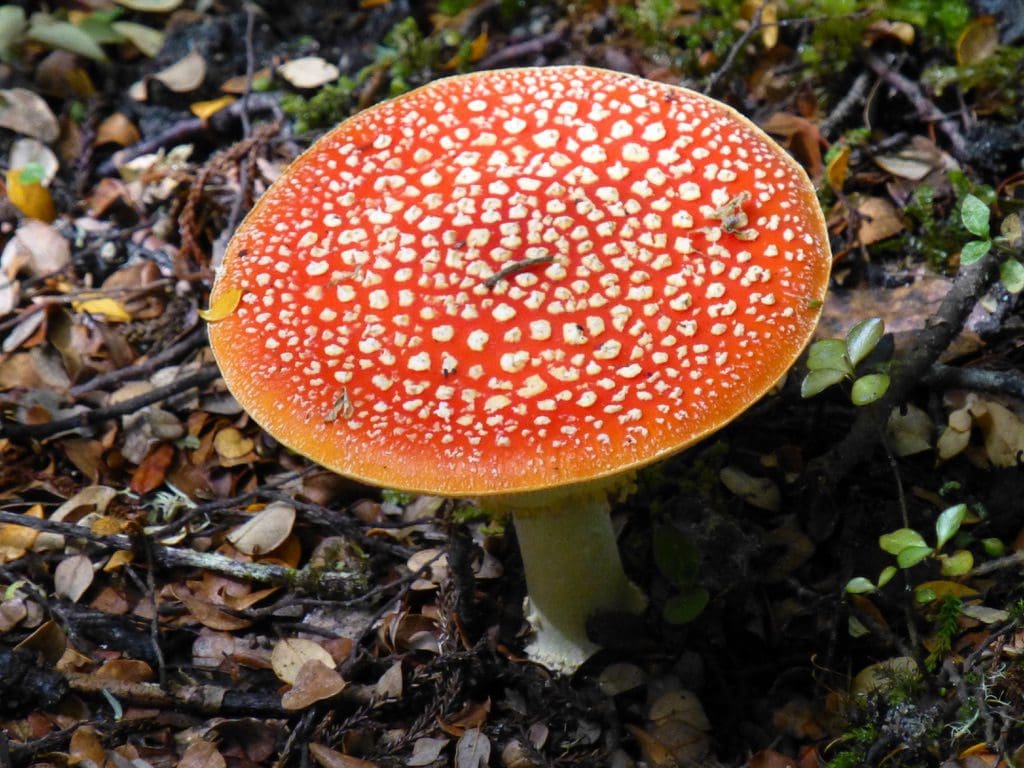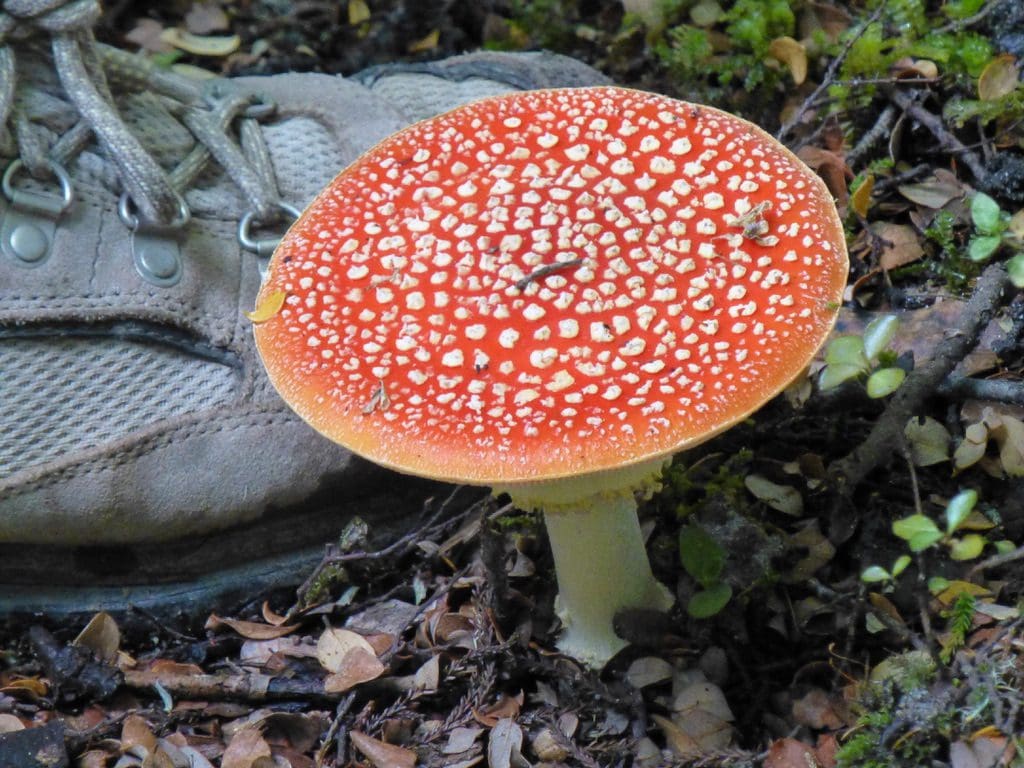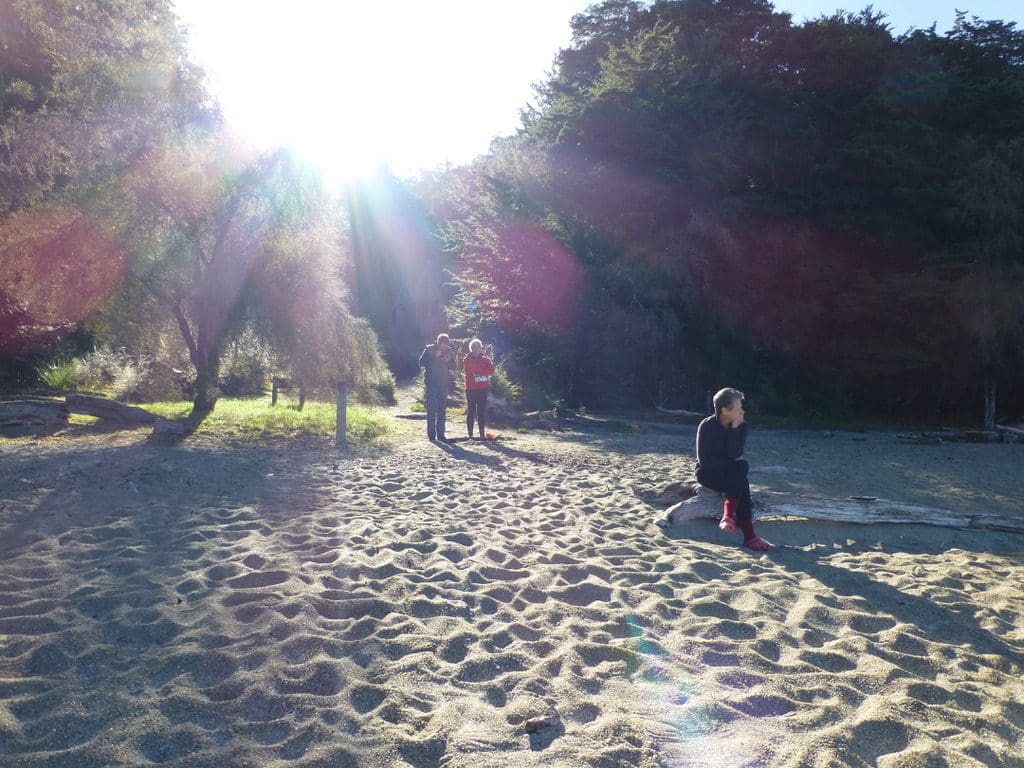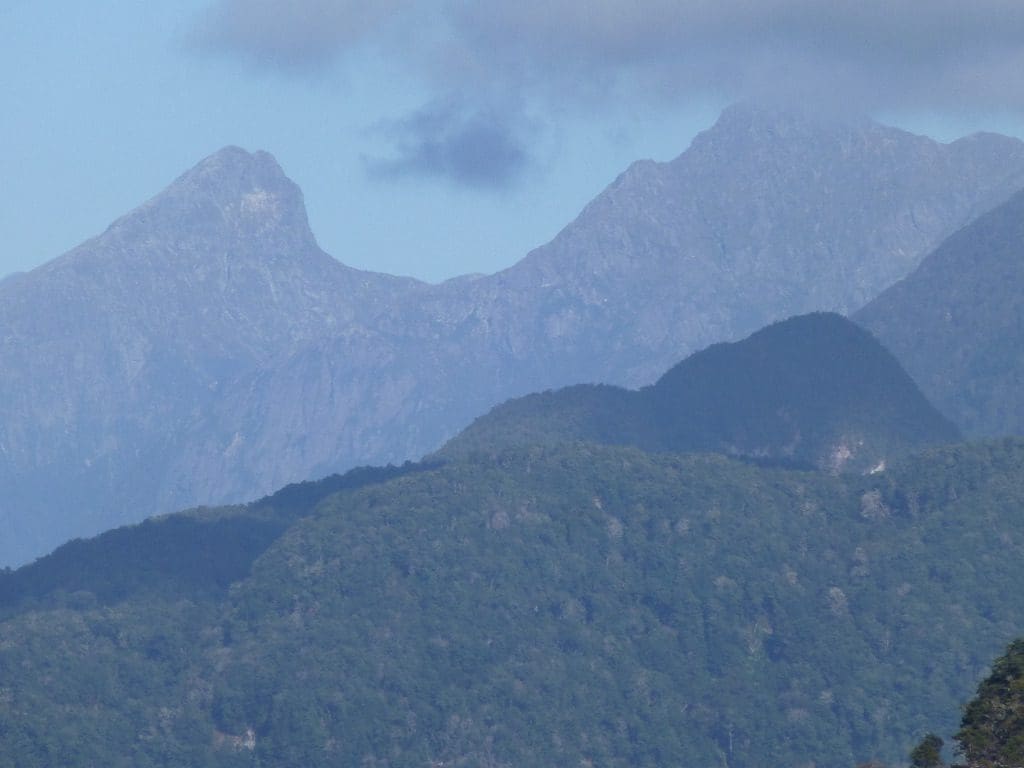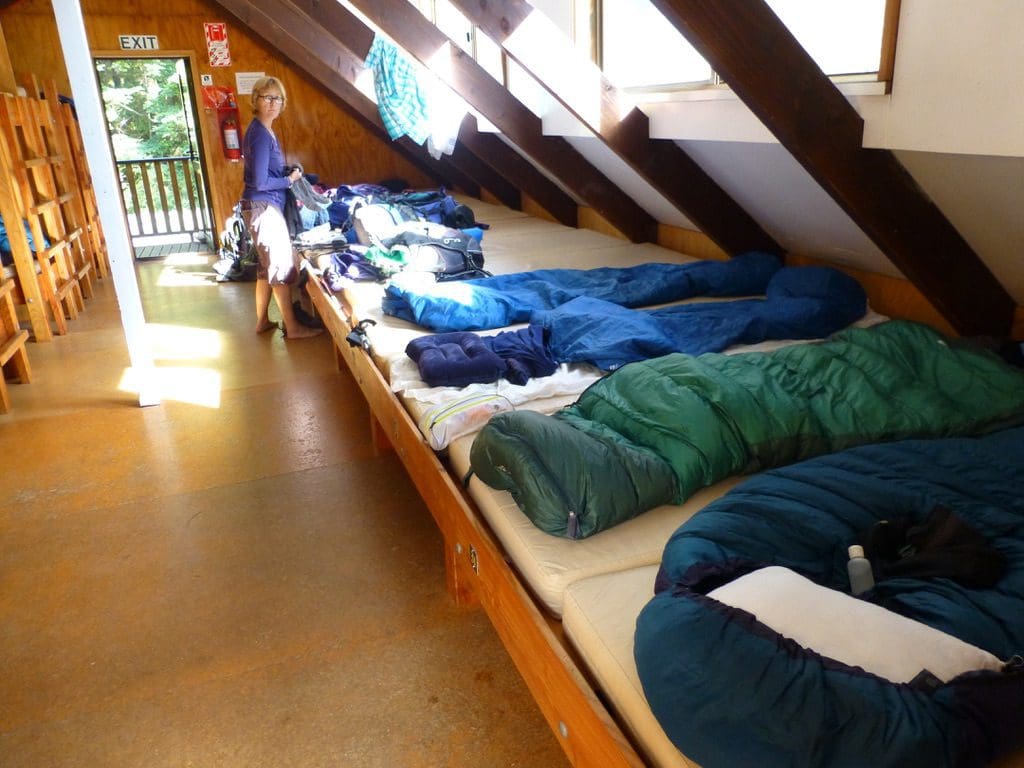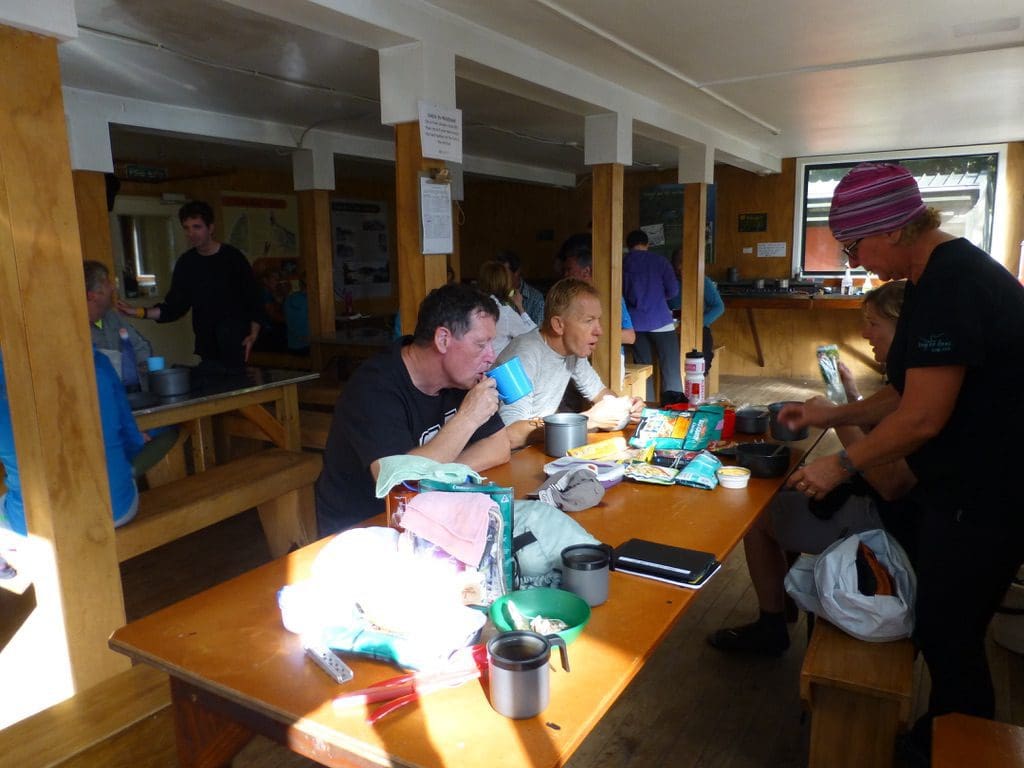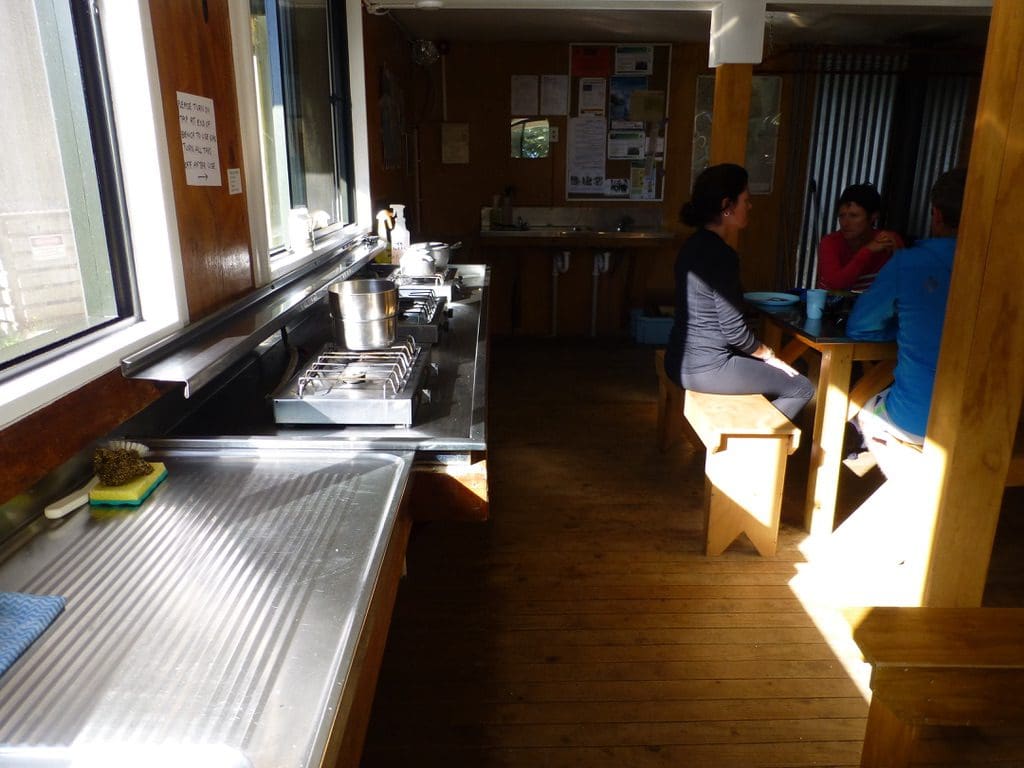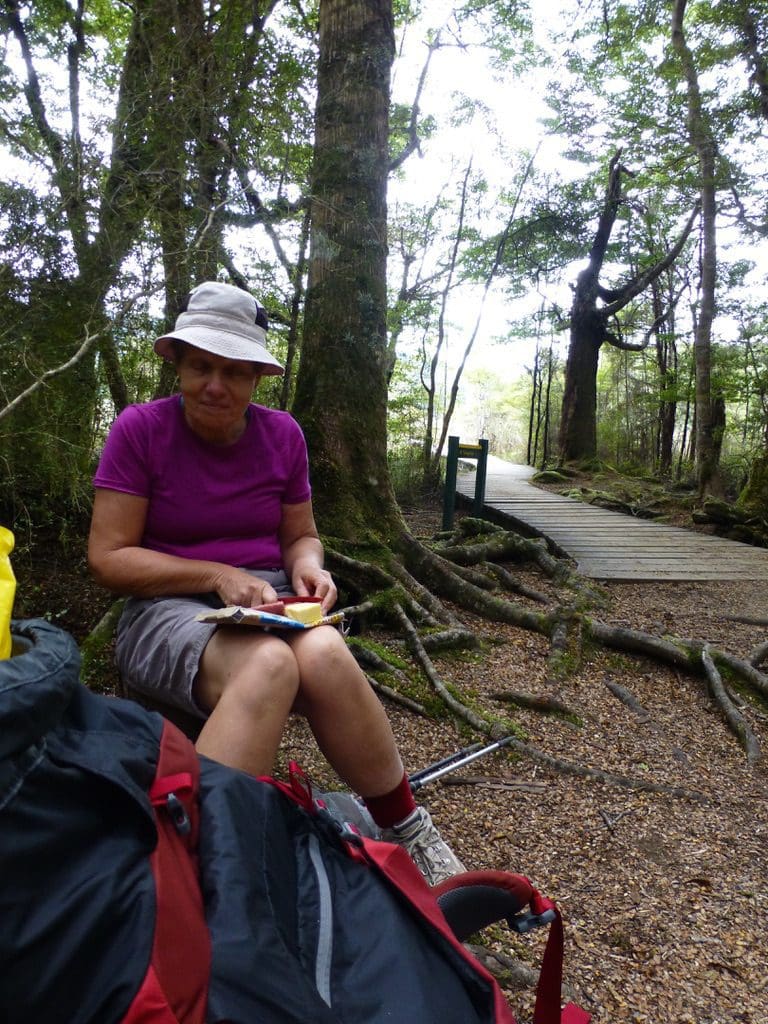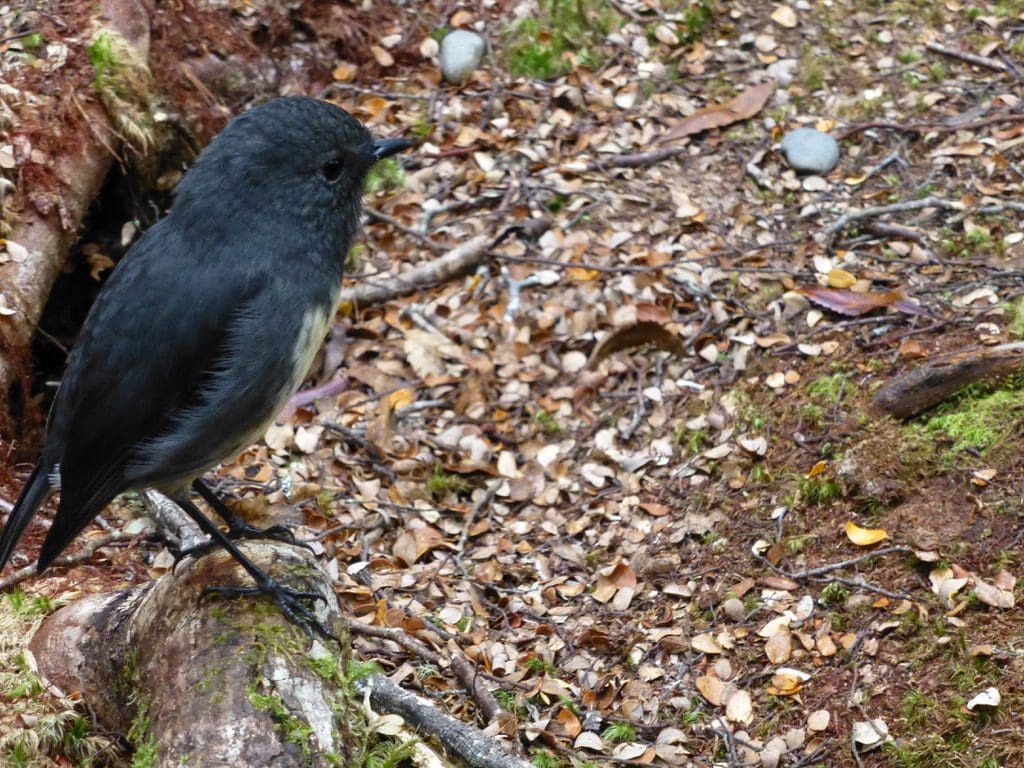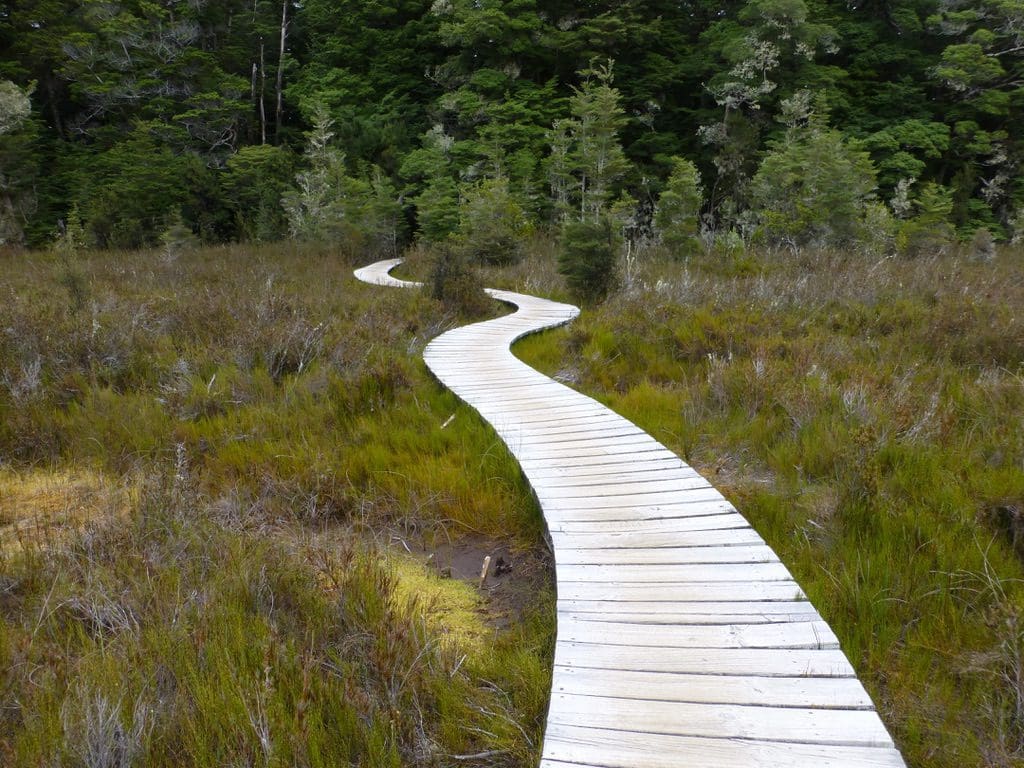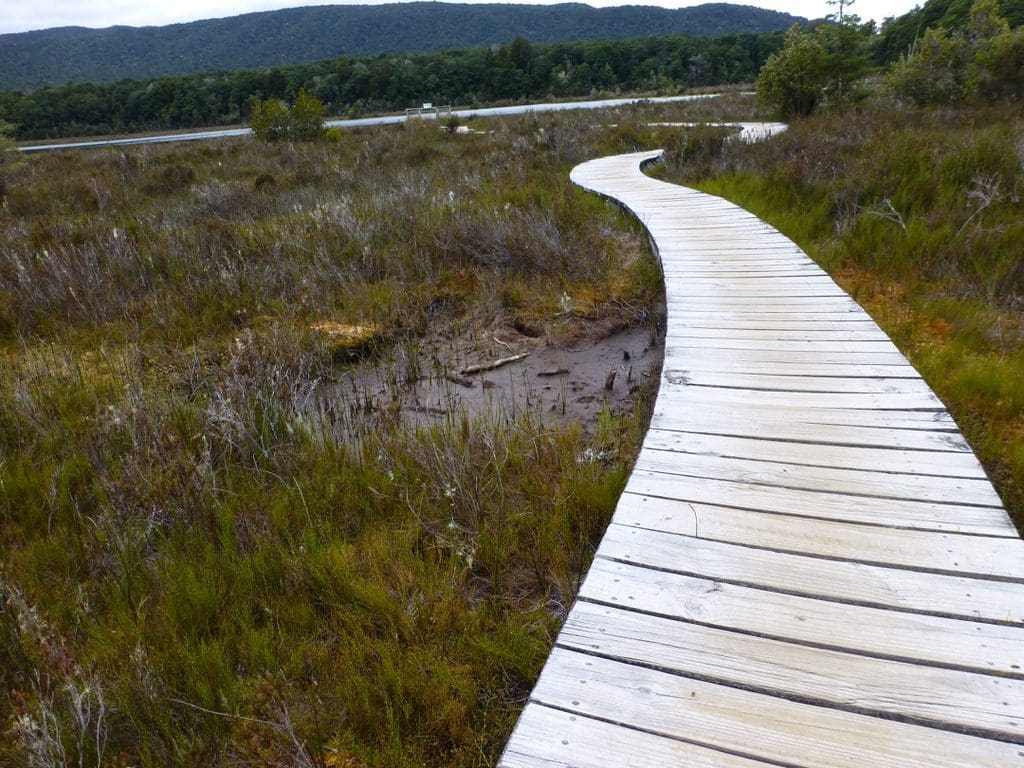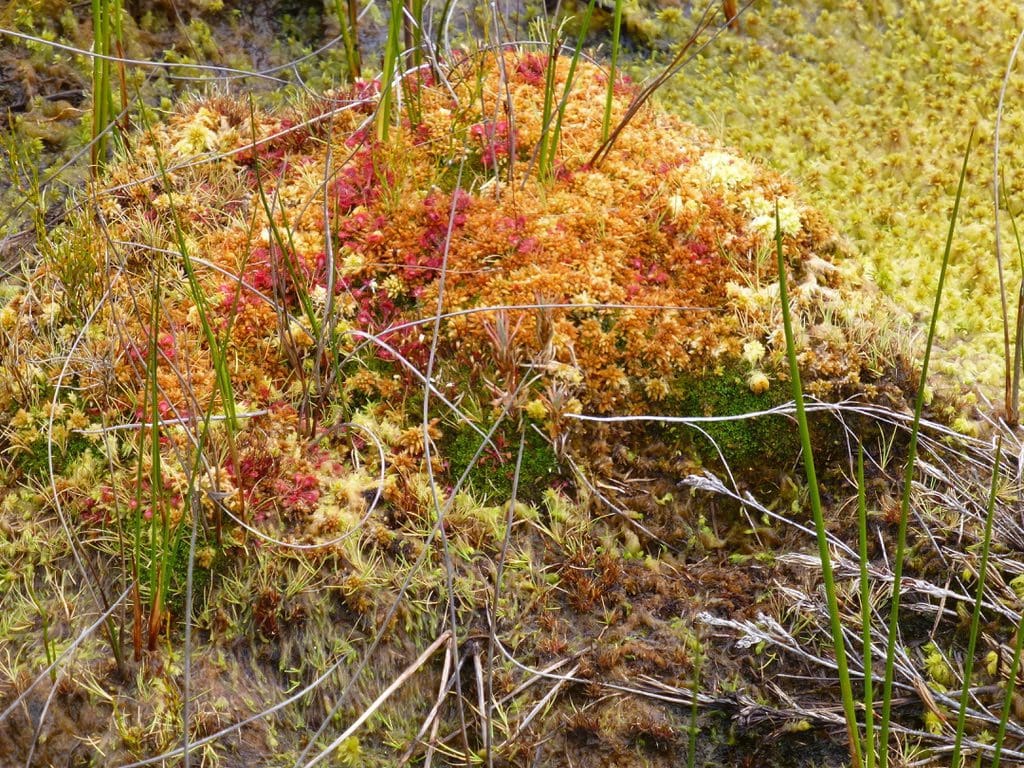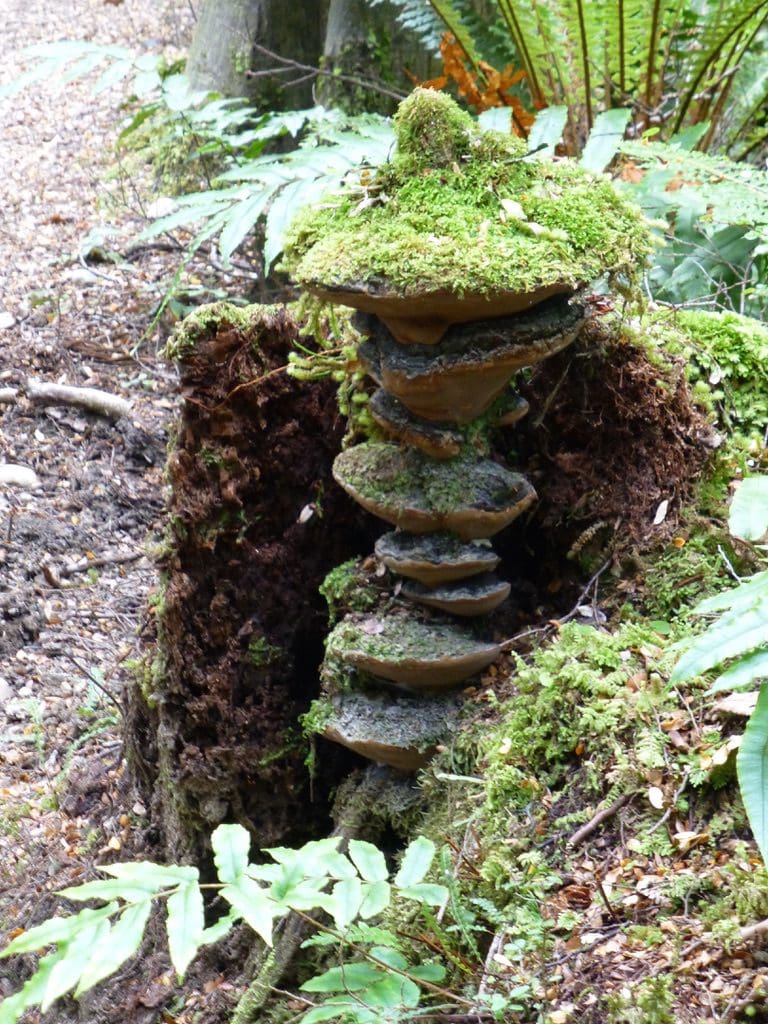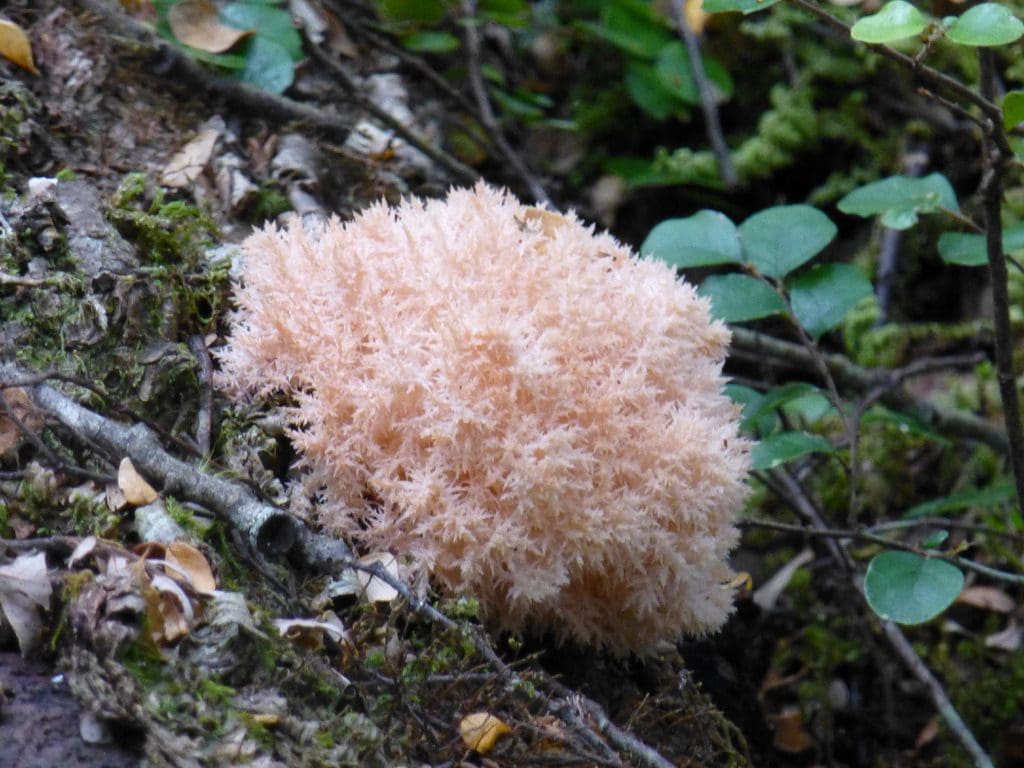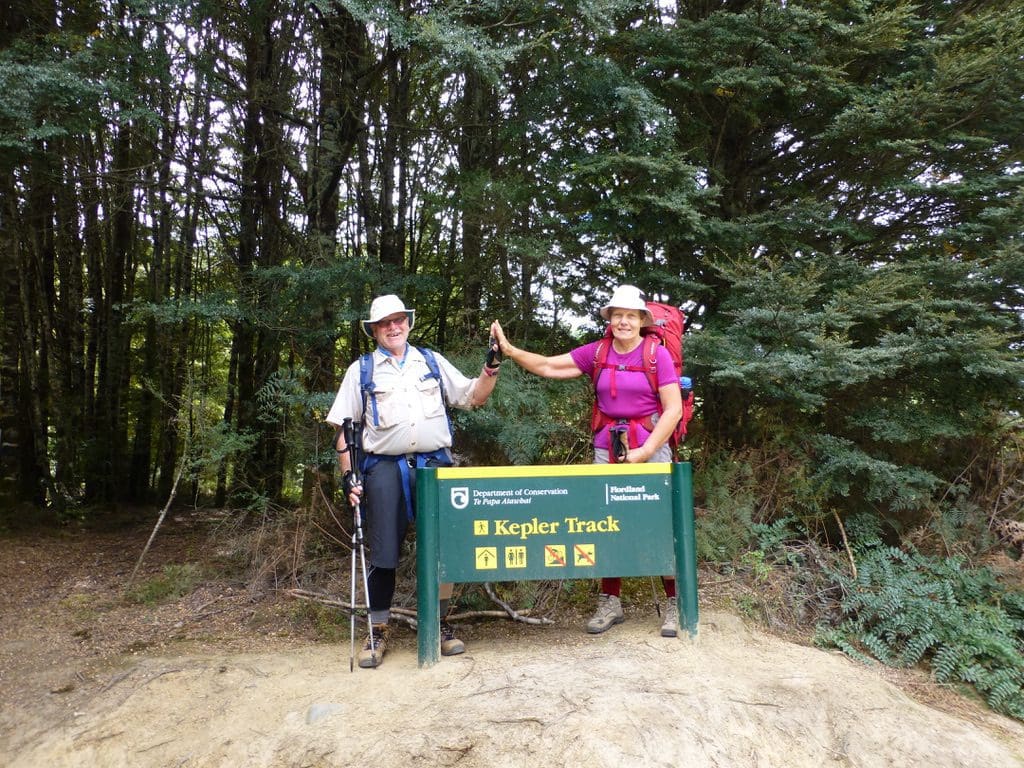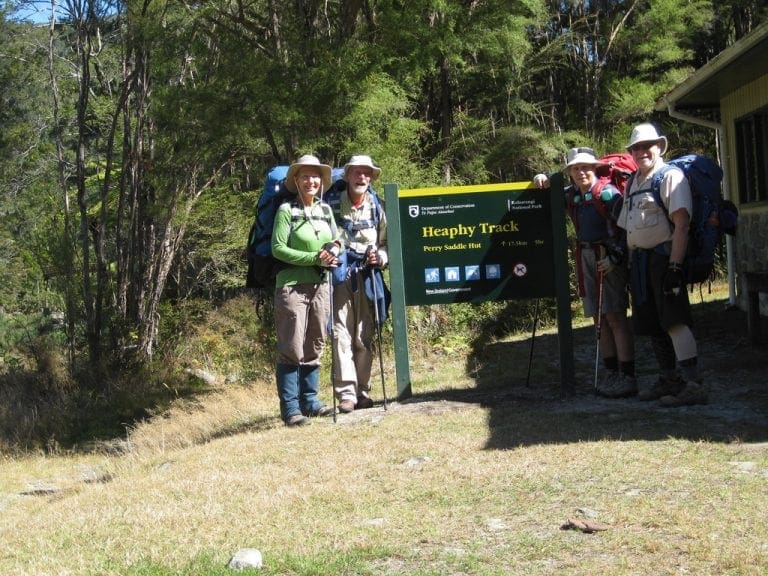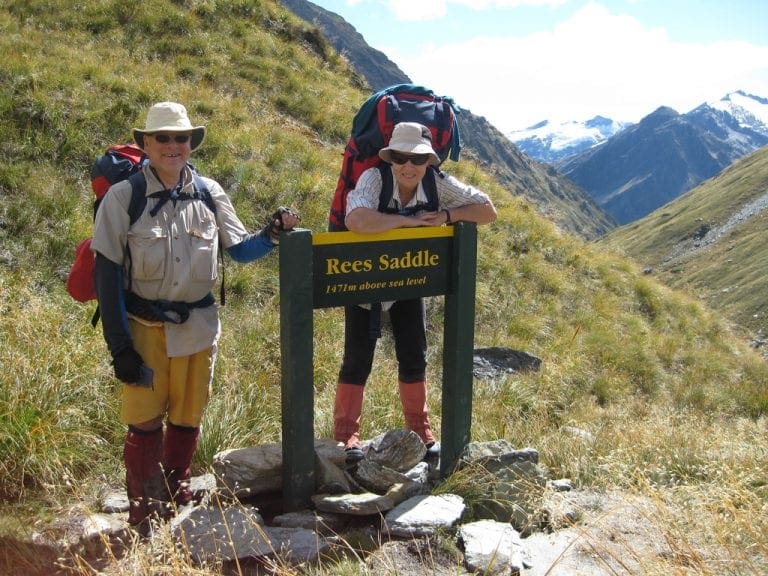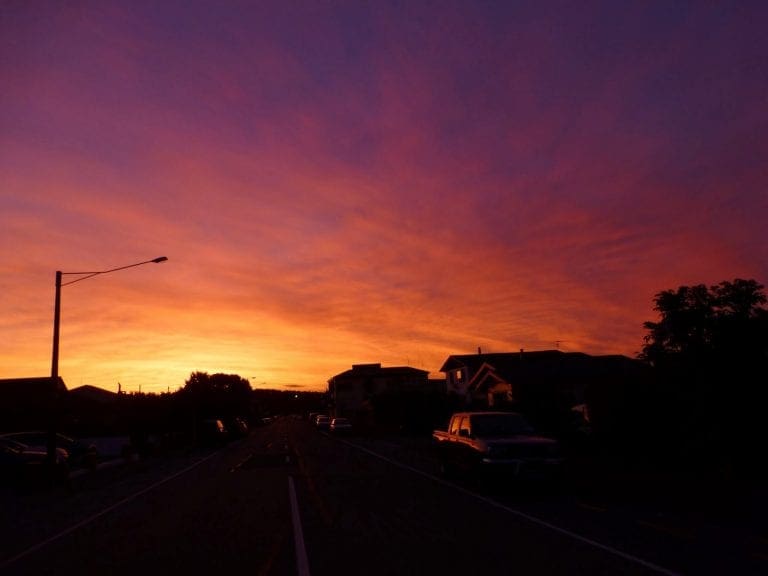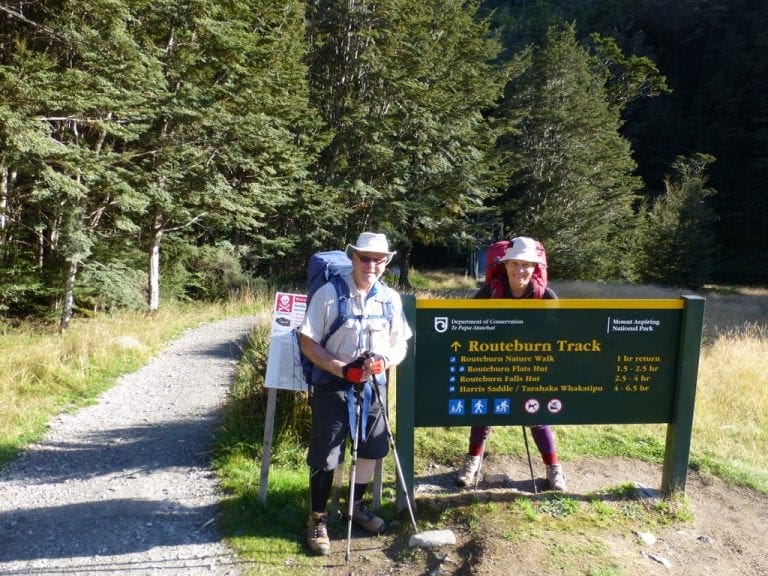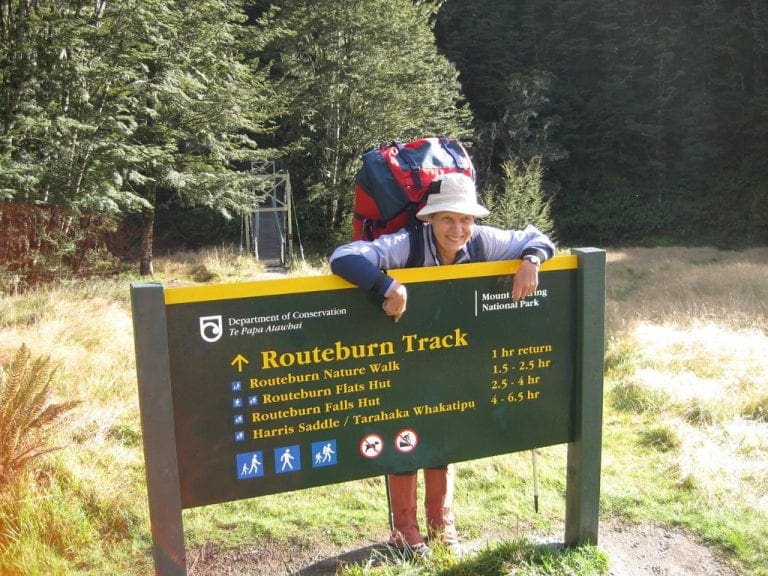New Zealand 2015 – Kepler Track
Preparation. We began prep for these three walk in December 2014 and January 2015 with walks from Charlottes Pass up to Seamans Hut and Blue Lake. There we walked with about 18 kgs in the day packs. Back in Cherrybrook we undertook 5 hours a week at the gym. 2 hours on the legs (strengthening quads, VMOs) & knee stability & 2 hours on the treadmill set at 10% for an hour at 3 km/hr with a 20kg pack. That hour was gradually extended to 4 sets of 30 mins. The first time I did that 4 * 30 mins, I was so exhausted that I became very discouraged about the whole trip. Second time, it was fine. This grueling prep was for the first day of the Kepler which climbs 800 metres over 8.5 km – 1:10 or 10% and will take about 3 hours of walking. OK when you are younger. I did find that the steady walk on the treadmill – 1 hr with 20 kg @ 10% @ 3 km/hr was incredible at building fitness – as measured by resting heart rate and heart rate monitor.
The other prep was getting the house ready for the house carers. Helen always takes the opportunity for a major clean up. I put a solid month into a new admin system for the choir – a second new website. I also promised that I would do no computing in the last week before we left. This time we go away without a fight.
Wednesday 18 Feb 2015 Day 1. 5 am start. Airport Shuttle bus pickup at 6am. We had packed the packs by 10:30am the day before. Flight to Queenstown uneventful but full. We slept a lot of the way. At Queenstown, NZ customs took a while to clear the plane load of passengers. All uneventful.
Thursday 19 Feb 2015. Day 2. Queenstown – bought food. Packed food into little plastic bags. one for each day. Bought cheese and salami.
Friday 20 Feb 2015. Day 3. Bus to Te Anau. Tracknet. Very efficient. Halfway we realized that we had left the cheese and salami in the fridge at Queenstown. Bugger. Pair of dopes. We each blamed the other – of course. Stayed at Lake Front Backpackers. I could only describe them as slovenly. Washing machines broken (again – still – they were broken 2 years ago). $5 to leave each pack. Uncaring.
Saturday 21 Feb 2015. Day 4. The big walk up to Luxmore Hut. (G – 18:80kg; H – 18:20kg) This was the day I was dreading. We did it. We caught the 8:30 water taxi to Brod Bay ($25 each) saves walking 4 km. Began the slog up the hill. It climbs 8-900 metres in 8.5km. Most of that climb is in the first 7.5km. So, it is well over 10%. We made extensive use of the heart rate monitors. I know that if it got over 150 BPM, my recover is longer and I am stuffed the next day. The trouble is that between 150 and 165 BPM feels really good. Stay away. In my prep at the gym, I had found that working between 136 and 141 BPM was a good zone & I recovered well. So, I walked up until my heart rate reached 141 BPM and then stopped and waited until it had dropped to 136 BPM then started again. Inevitably, my heart rate would drop below the 136 BPM in getting going again and then climb back to 141 BPM. Repeat & repeat & repeat. We had a packoff and sit down after every 30mins. Each sit down was for 10 mins. So, 1½ hours of walking took us 2 hours elapsed. For our 7th packoff, we had lunch. And one brief packoff to put raincoats on. So, 4¼ hours of walking – which was about what the sign said (plus 1:10 of packoffs and sitting).
Now the walk. The track winds its way in a steady climb through an open mossy forest. First on moraine, then limestone before suddenly emerging into red tussock. We had a cloudy day & very light rain in the forest. Very light to no wind. After we had left the forest and had begun the red tussock, the rain increased to heavy with mild winds. Did the prep work? Yes, I had done 4hr 30 mins at 10% with a 20kg pack on the treadmill and today ahd 1kg lighter than that. But, the climb is steeper. I was stiff but not exhausted. It was doable for a pair of old farts. Many years ago, while I was in my late 50s, I said that I would like to be still doing this at 70 years old. I am now 66 and 67 this year. Not many years to go. It is not exceptionally difficult. However, recovery time for both for the rest of the day and tomorrow. The two days per hut should help as well as staying in the zone (<141BPM), rolling feet on tennis balls and compression tights. The hut is full – sleeping 50 in two bunkrooms. Quite a big kitchen. It might take a bit of effort to talk to 50 people mostly in their own groups needing to tell their own stories. Luxmore Hut 1085m. Lake Te Anau 22m. Climb = 865m.

Sunday 22 Feb 2015. Day 5.A sunny day with cloud covering the lake below us. My recovery has not been to bad. A few cramps in the inner hams when I tried to take socks off. So, I drank a litre of water – resluted in 4 pisses during the night but no more cramps. The hut very quiet despite being full with 50 people. Breakfast room full of chatting people. This gradually emptied as people headed off to Iris Burn. We are the only people staying over and by far the oldest. Most are in their 20s. Many nationalities.
Monday 23 Feb 2015. Day 6. A huge day walking under a sunny sky along the arrets from Mt Luxmore. Spectacular. [Arrets are formed between the backs of glaciers. The back of a glacier carves a big bowl. When two bowls a back to back (their glaciers flowing away from each other) they form very a sharp edge at the join.] This gives a sharp ridge dropping several hundred metres each side. A 16km walk which climbs 500m up from Luxmore Hut before dropping 900m down to Iris Burn.Marked as walking time of 6 hours. We took 6:10 plus 3 hours of packoffs. The track climbs steeply up past Mt Luxmore before plunging steeply to the first shelter (tucked away on an arret). Then steeply again before skirting across & up a mountain to the first of three long arrets. The middle of each arret is flat. The entry and exit are steep so it was a steepish climb down, a flat walk across and a steepish climb up.


Spectacular. Probably the most spectacular walk we’ve done. The second shelter is just after the last climb up. When I say climb, there are no stairs the track is very well ‘graded’ & fairly easy underfoot. Just a lot of it. Sunny skies with very few clouds. The wind and rain up here can be ferocious. 200 days of rain a year dropping 6,800mm. Snow & wind at all times of the year. It might be spectacular when sunny; it is terrifying when it is windy. (Two weeks ago the snow was chest deep & the track closed because of avalanche.) Descriptions in the hut books of people crawling along the arrets. From the second shelter (1390m), it is all downhill – 900m of it. The first 2-300m follows an arret down – very steep for a track and much use made of stairs for that part. When it leaves the arret, it begins a series of zig zags down the side of a cirque (glacial bowl). The few zigs are in the open, then enters the forest at 1000m. That came as a bit of a shock as I realized we still had 500m to go down through the forest. The 1½ hours were very tedious and we arrived at Iris Burn Hut fairly exhausted. Drank 2¾ litres of water immediately. Very sore and sorry for ourselves. We got one bottom bunk which Helen let me have (because I would be up and down all night – 4 times as it happened). Not much of that 2¾ litres came out. Into compression tights and a bit of a lie down. Very hard on the legs plus having to concentrate on every step on the way down. All this followed by a very pleasant evening sitting around the table chatting – a pair of young Swedish musicians & a pair of Israeli navy patrol boat commanders. Overnight my cramp reduction process worked – no cramps, just a few pisses. Excellent. Both the Swedes & Israelis (each aged 25) had come to NZ as a result of seeing Lord of the Rings when they were 11. What a great advertisement for NZ that set of movies has been. Quite a few people had been looking out for the welfare of us two old bastards.
Tuesday 24 Feb 2015. Day 7. Day at Iris Burn. “This is the end of your search for the best hut in New Zealand”. This is a beautiful place. It could be worth another walk in – from Moturoa rather than over the top. Although that arret walk yesterday was amongst the best in the world, the memory of the pain and exhaustion is still too fresh to want to do it again soon. We saw a Blue duck today down at the Iris Burn River. There are quite a few birds here. The Stoat Trapping Project has been intense and appears to be working. Cleaned the hut kitchen. Kiwis calling last night around the hut. A blue duck dog was flown in by helicopter – excellent landing – even the Israeli navy commanders were impressed. My Polar Heart Rate completely failed and malfunctioned yesterday. The transmitter did not work and the watch kept to be reset just to show the time. I had to do it by ear with quite a lot of help from Helen’s – which did work.
Wednesday 25 Feb 2015. Day 8. Walk ot Moturoa Hut. This took 5:40hrs (sign-posted time 6 hrs) plus a lot of 10 min packoffs and a 20 min lunch break – so, elapsed time quite a lot. We got up when the alarms went & the other walkers got up and got away at 7:45am. (One scotsman who had walked in yesterday from the Control Gates & up over Luxmore in 6 hours wanted to get back for mountain biking this afternoon – small pack but very good gear.) We arrived at Moturoa at 3:45pm. The track is a delight along there between Iris Burn and Moturoa. Possibly one of the nicest anywhere. Mainly a gentle descent of 400m over 18 km with a couple of steepish climbs & descents. All under a canopy of beech trees with an understory of ferns. Quite a few birds – Tom Tits with juveniles. The highlight for the day was the number and varieties of fungi that were fruiting. Many good photos. (The trick with this Panasonic Lumix TZ30 camera – which does not have a macro setting – is to stand away and use the telephoto to zoom in. It recognises that as a macro shot!) We arrived very foot sore and installed ourselves in bottom bunks in the upstairs bunkroom. We were just in front of the big herd that arrived within 30 mins of us. As I write this (at 6:30pm) I’ve got the cramp under control (I hope) with much rolling of the cricket ball & 1½ litres of water. My hydration was much better today – not as hot and we could fill up from a little waterfall. (Oh yes, it was misty raining all morning – just enough to put a coat on the raincoats – very pleasant.)

Thursday 26 Feb 2015. Day 9. A full hut last night 38/40 bunks taken. Mainly very quiet – a few wiffly snorers. A 4.3 earthquake during the night. This morning (8am) my recovery is going well – calves & hip flexors still stiff; knees, quads and hams ok. No cramps. Most of the rattle in the bunkroom began about 7am – a boot and a cooking set dropped from a top bunk. Another sunny day. A bit cooler. Jumper on for the first time for the track. I’ve been walking in a short sleeve icebreaker thermal with a short sleeve shirt, hat, shorts with compression tights. A huge improvement today. The Recovery works. Yesterday. we were powering along the track having a very good walk, but after we arrived at the hut, I needed both arms to go up and down the stairs to the bunkroom. Much work with the cricket ball rubbing under feet, Itb & calves. Today, up the stairs no problem; down a bit more like a rugby player than a ballet dancer.
Friday 27 Feb 2015. Day 10. The walk out. Rain was forecast so we reasoned that waiting in the hut would be better than waiting in the rain for the bus at the swing bridge. As it happened, the rain did not eventuate. We had a quiet morning at Moturoa Hut doing a bit of cleaning & sitting reading. Several daywalkers many of whom would look at like we were in a zoo. I do get a bit sick of that. Shirley (acting hut warden) spent the morning fighting with the pump – hole in the inward line, flooded, too far above the receding water). Not happy. We began to walk out at 11:45 It took us 1:35 hours walking – just a smidge longer than the posted 1:30hr. That was as fast as I could walk. My pack weighted 15.65kg (including 1 litre of water). Helen’s pack is 13.60 including 1kg of water. A nice flatish track through a nice forest. At that speed I didn’t get to see much. A robin came in to help us have lunch (at Kettle Lake boardwalk. Arrived at the swing bridge at 2pm. The bus left right on 3pm. (The driver said that ‘If people who are booked on the bus are not there on time, the driver might wait as long as 5-10 mins”. Five minutes!!! At my speed of walking, I can do 250m in 5 minutes. I could be a few metres from the swing bridge & the bus drives off. Plan well ahead. Do not be late for this bus – even if you have a booking. (They do get a few complaints. Really!) If no booking for the 5pm bus, they do not run it. We were the only people on the 3pm bus. The rest of the full hut had caught the 10am bus.
Back at the surly Lake Front Backpackers in Te Anau. Same room. Complaining yanks next door.
What did I think of doing the Kepler again? Two biggish days. The walk along the arrets at the top is spectacular and that makes the walk. Luxmore Hut is in a spectacular & exposed location & that makes it memorable. Iris Burn is probably the best hut – more birds. For me the highlight is always the opportunity to sit and talk to these vibrant young people. This trip, the two Swedes (25 years old) and the two Israeli navy patrol boat commanders (also 25 years old), the Danish girl, the highly organised travelling German, the young yank (Isaac) jumping up and down excited because he booked a kayak trip, the young aussie bloke humping around the cookers who wrote antivirus software. I don’t get to talk to such young vibrant minds from many countries in any other place than in these huts. I think that is why I like doing this heavy pack walking. Kepler again? Probably not the 900m drop again. But Luxmore is just 800m & 8.5km. Iris Burn at 7:30 hours. Possibly.
Saturday 28 Feb 2015. Day 11. At Te Anau. A bit of shopping to refill for Stewart Island. The highlight of the day was the Aust-NZ cricket match in the first round of the World Cup. A very close match. We went to a local pub. What a good time. NZ did win but Mitchell Starc’s 6 for 28 gave a good answer to the Australian collapse in their innings. In the last over NZ needed just 6 to win but had just one wicket in hand. Very worried Kiwi fans with fingers in mouths. Faces longer and longer. We sat with a Canadian woman and 3 Indian blokes. I loudly clapped and cheered the fall of all the Kiwi wickets – the only person clapping. But I also clapped all the Kiwi 6’s & 4’s and when they did well. Hand shakes all around at the end. A very good game. The Canadian woman could not believe it. I should have been dead.
